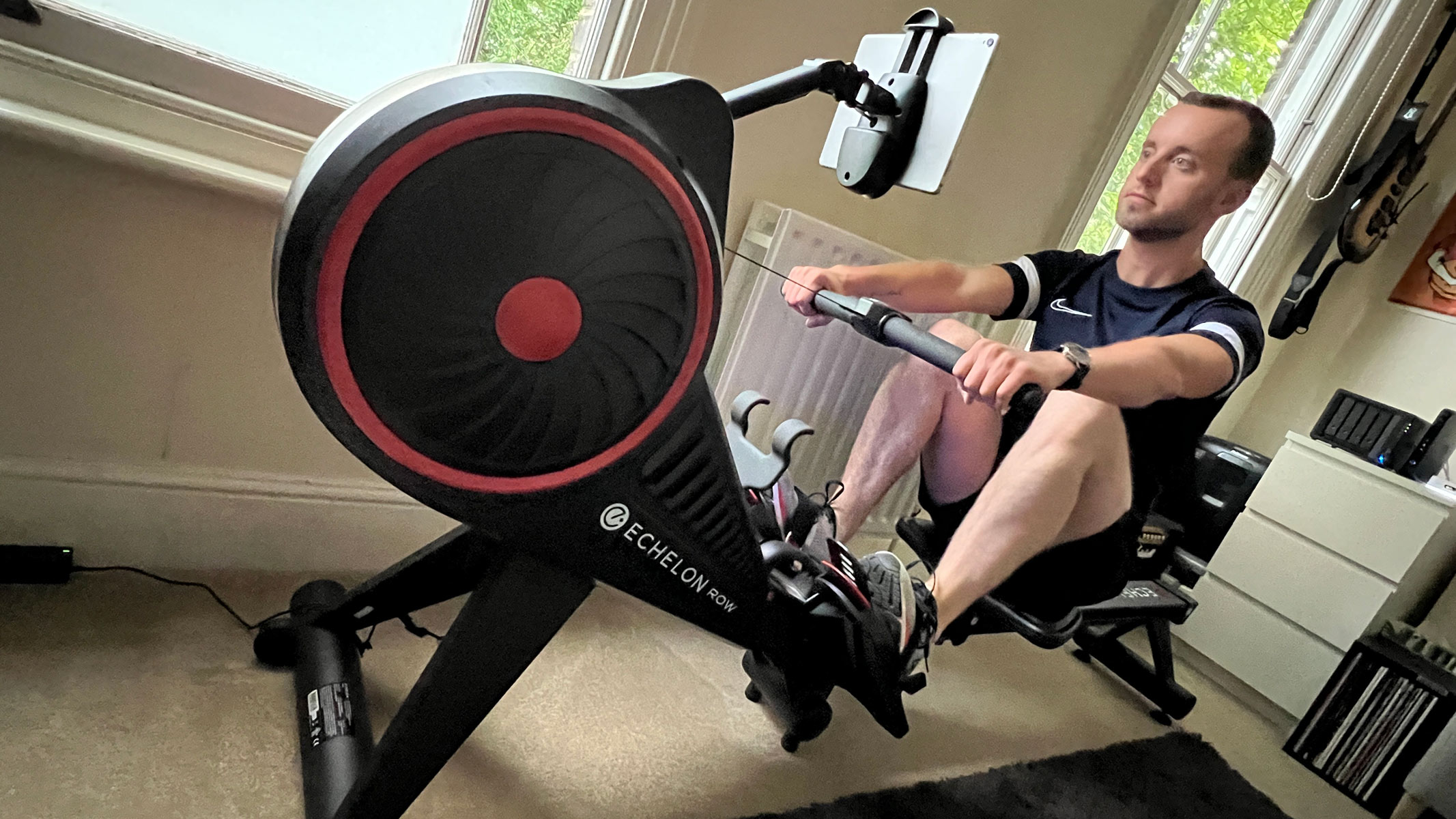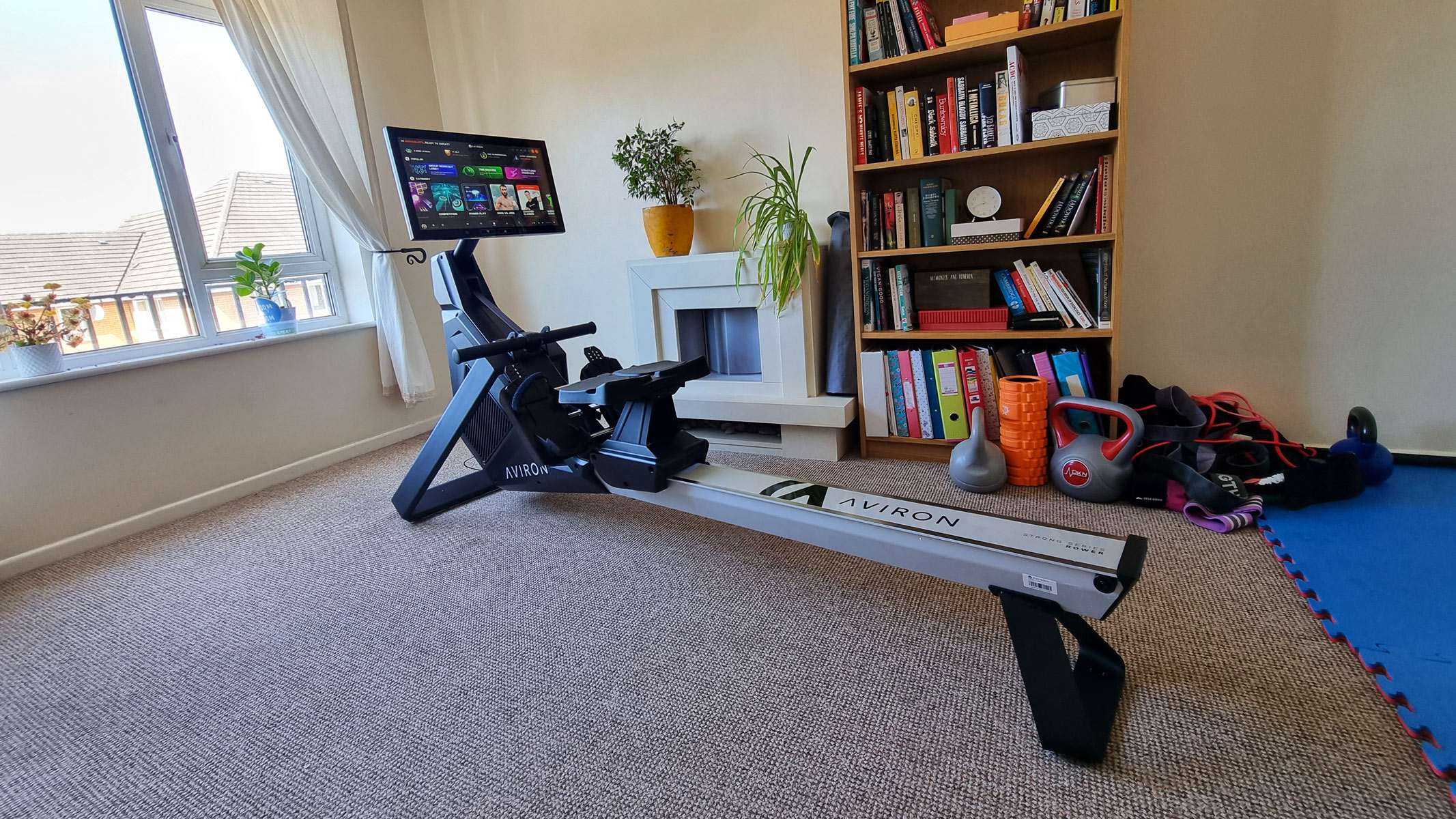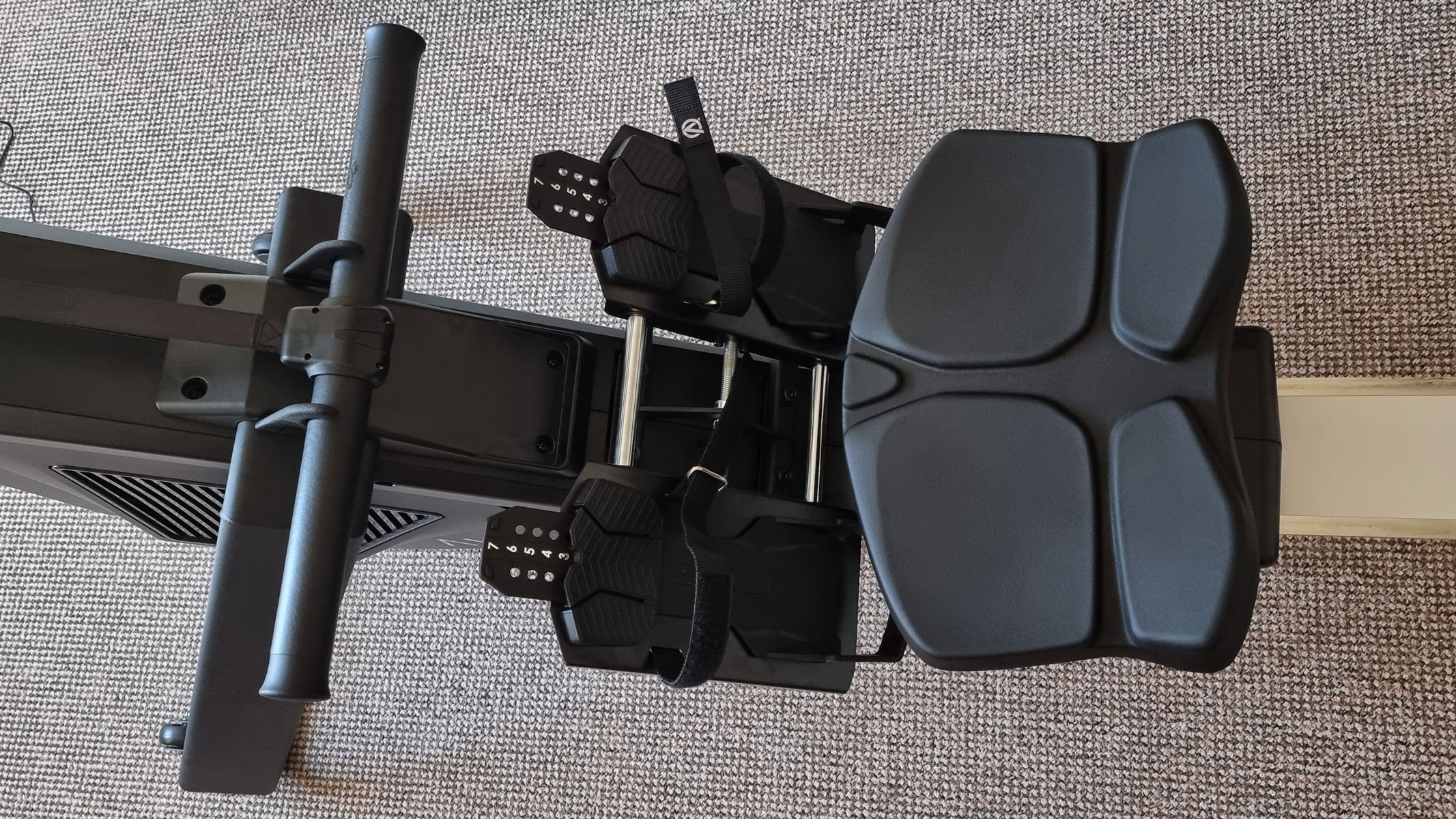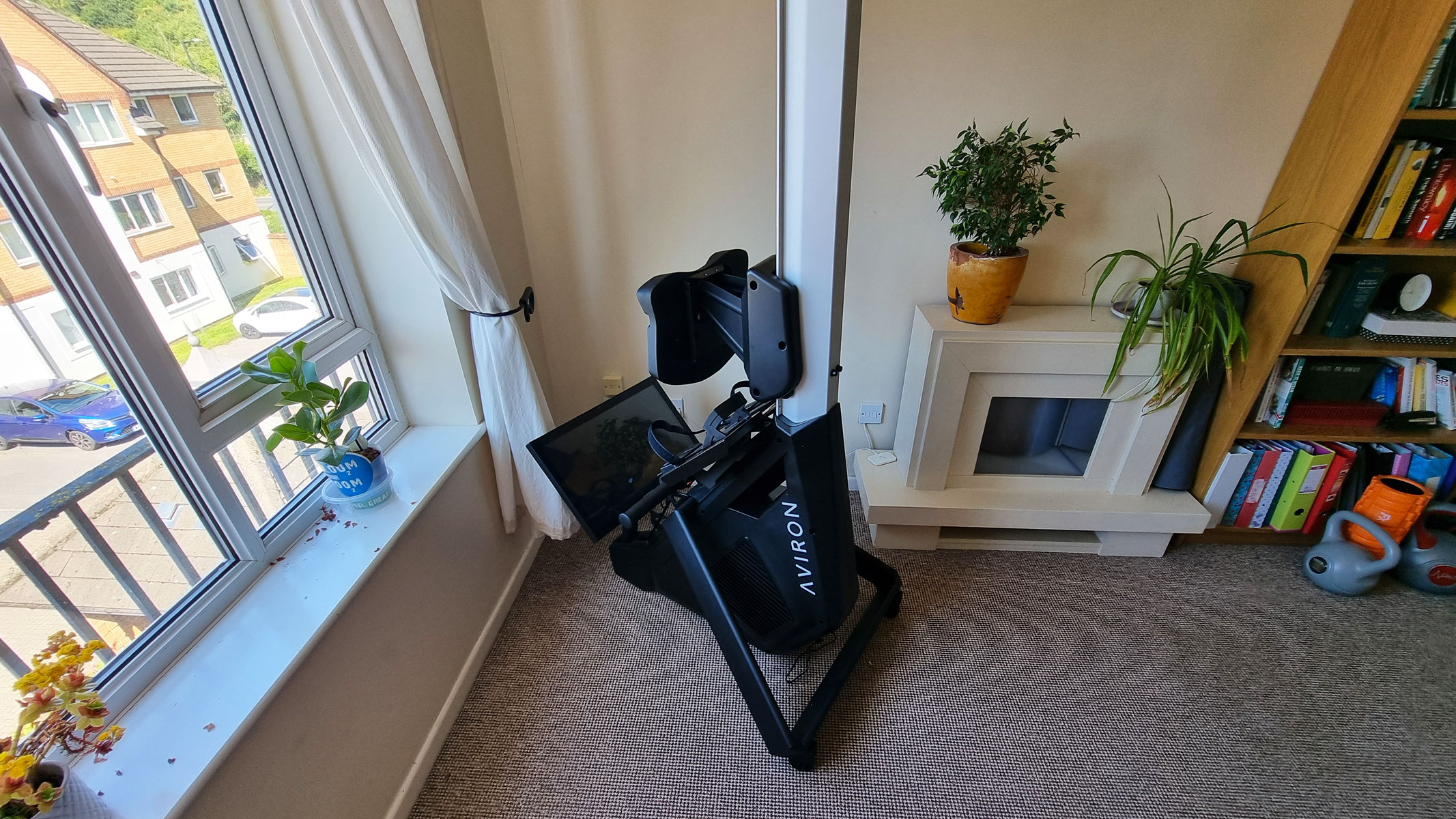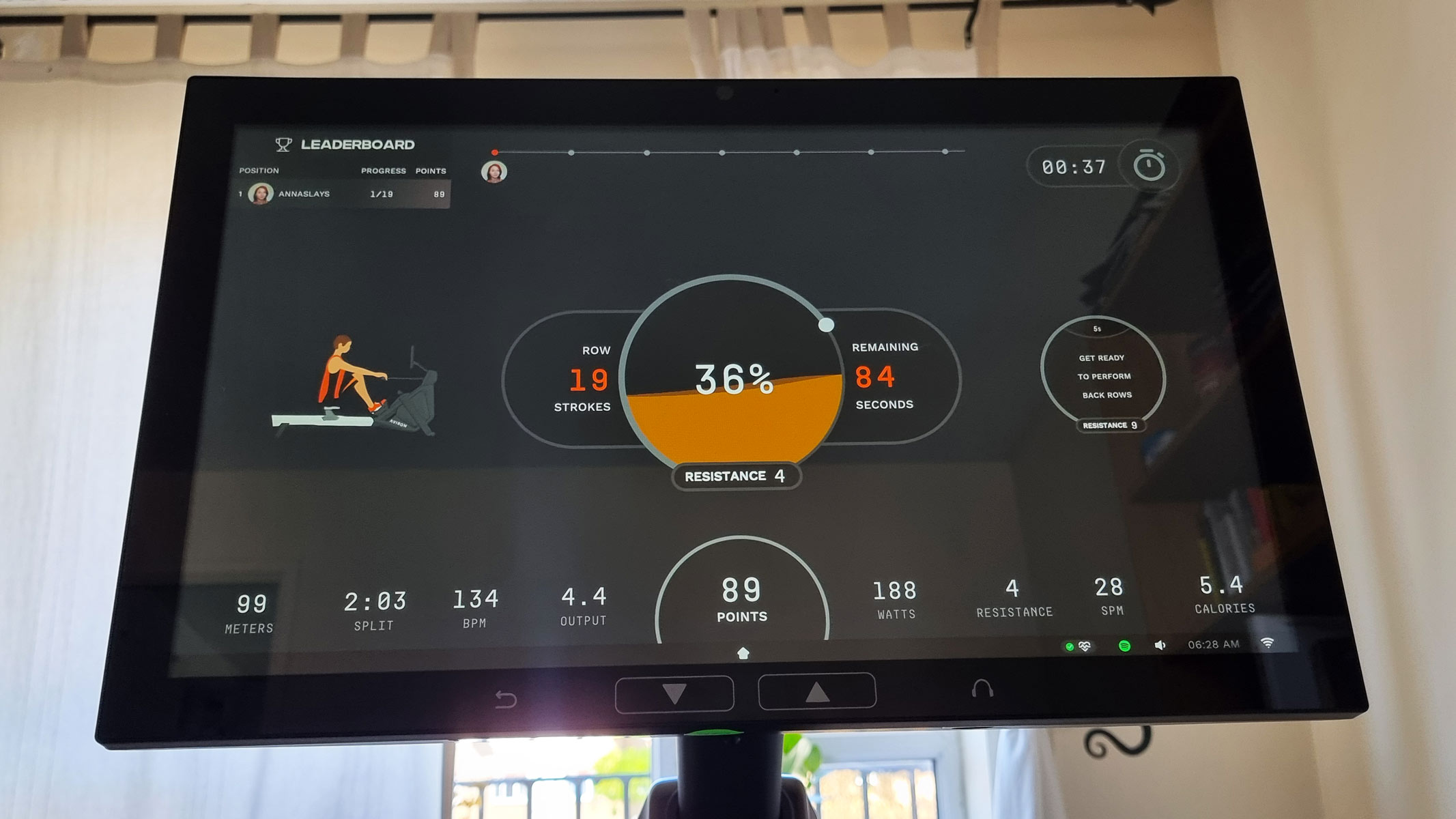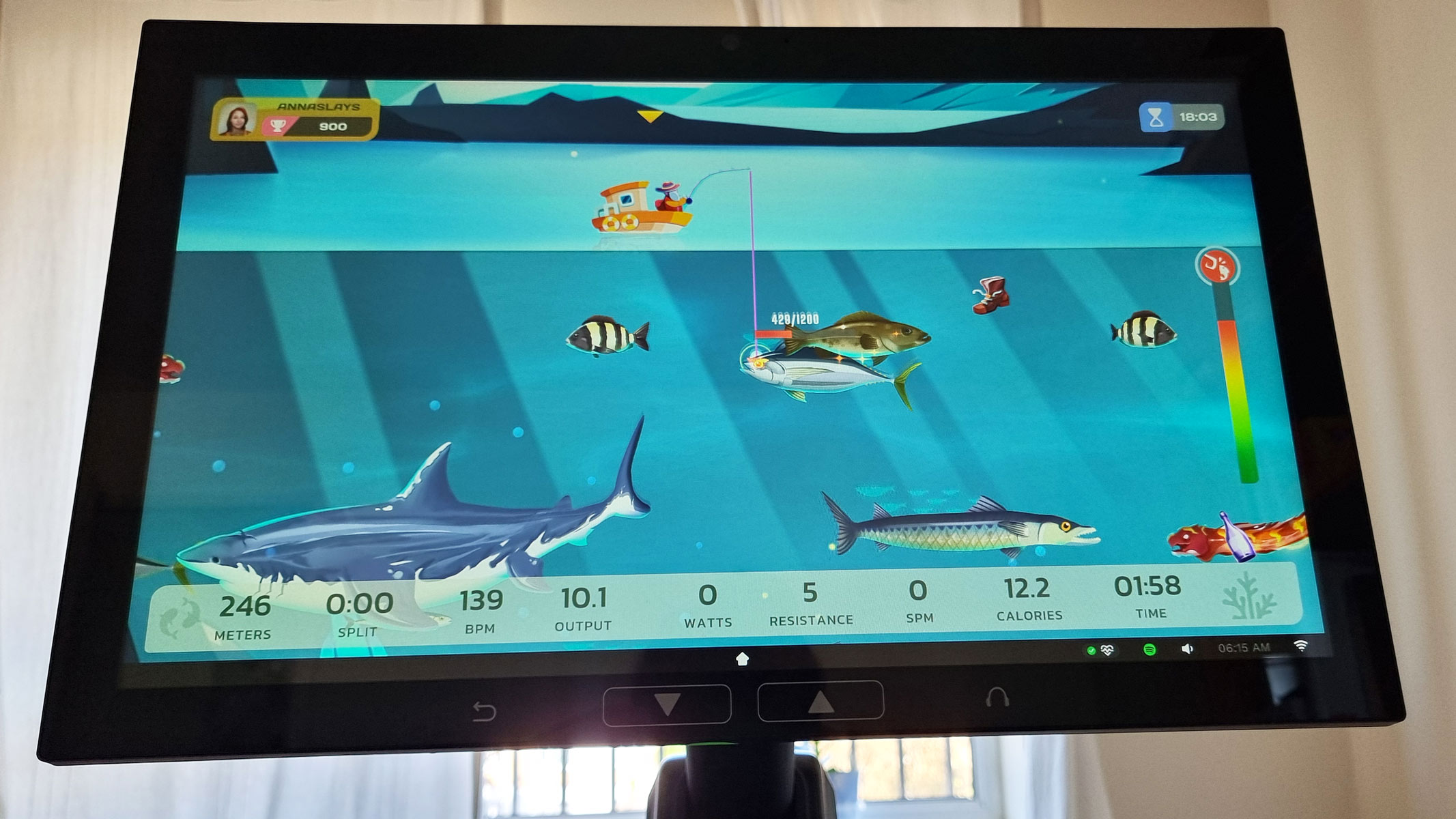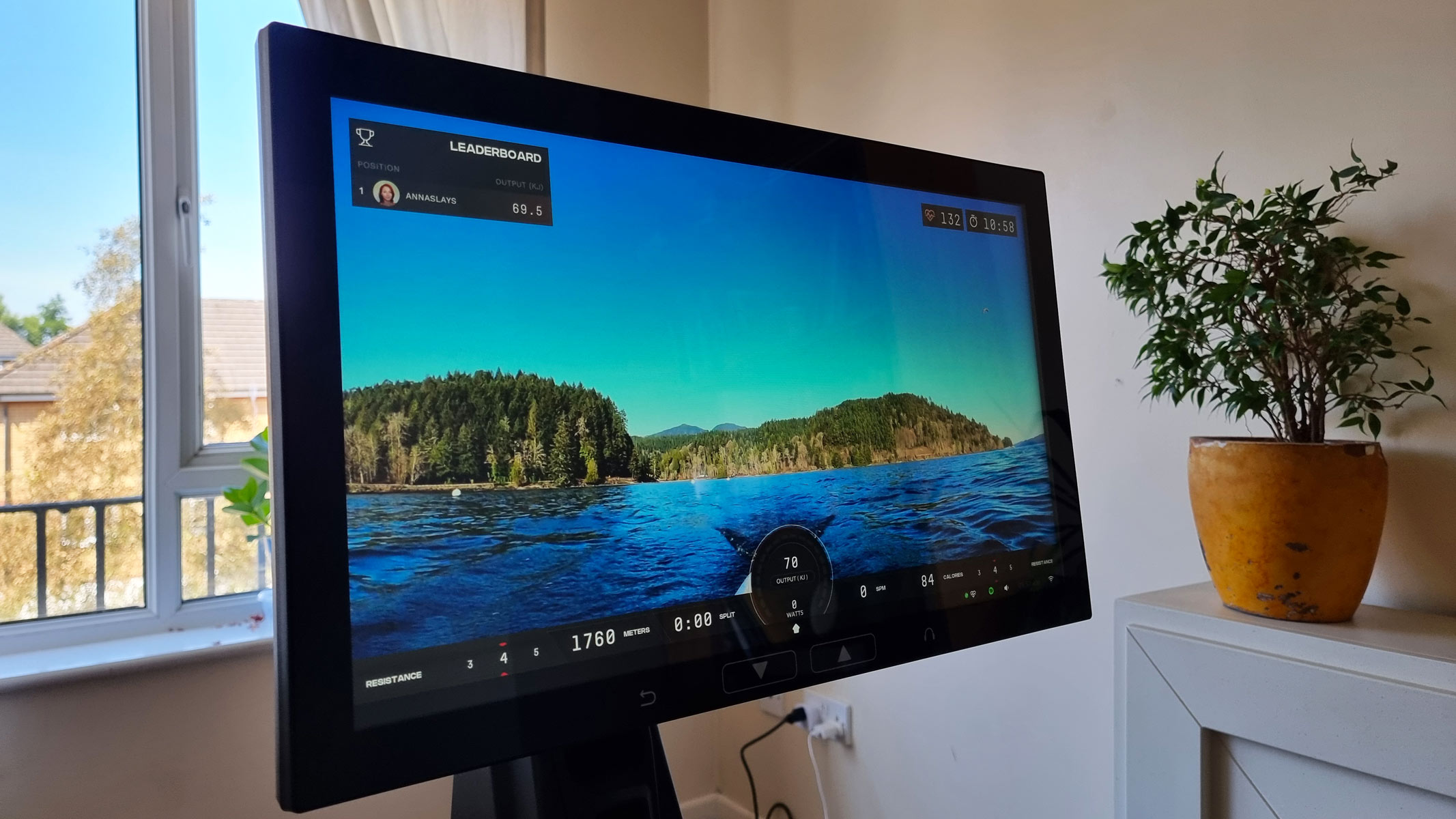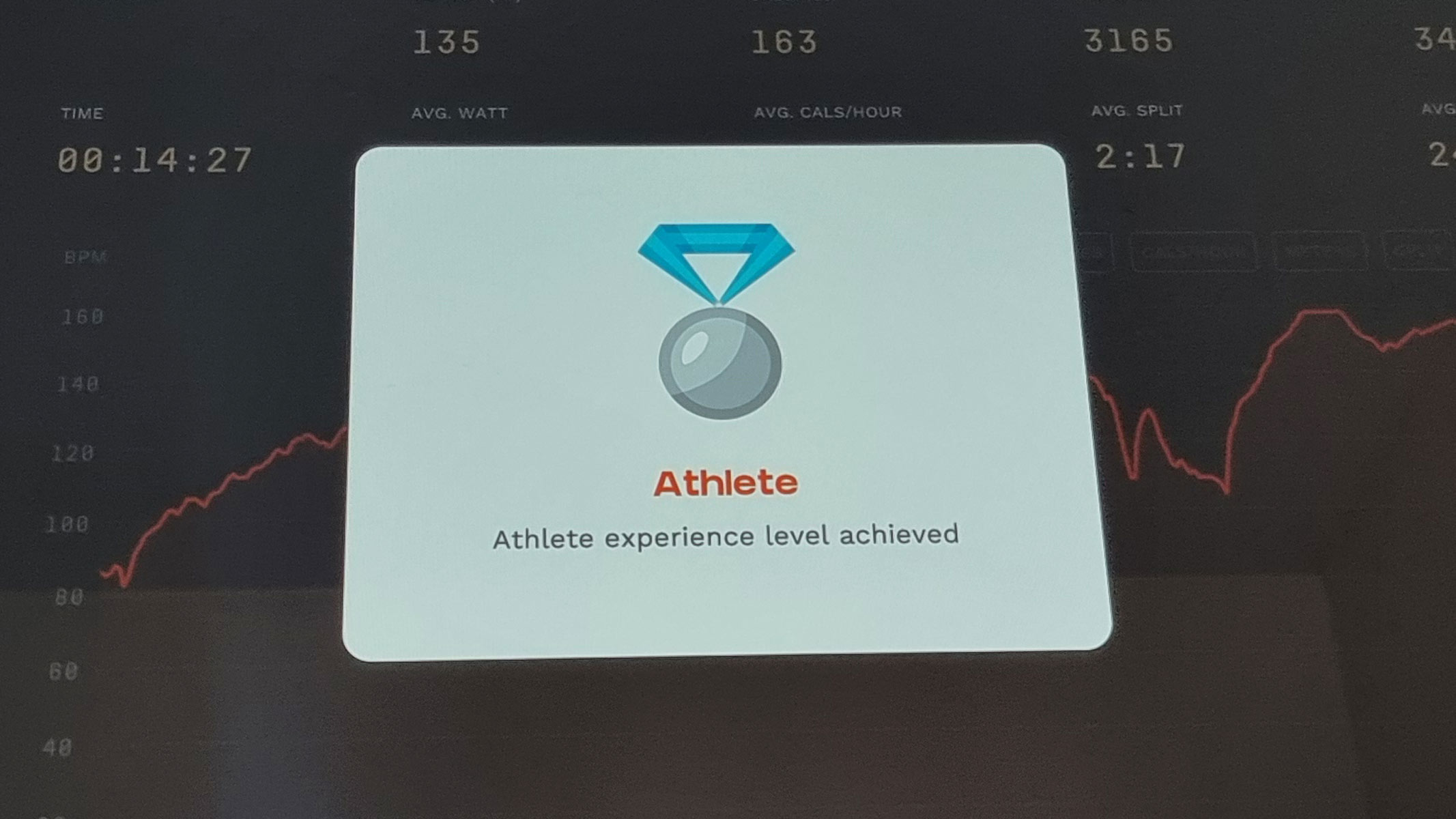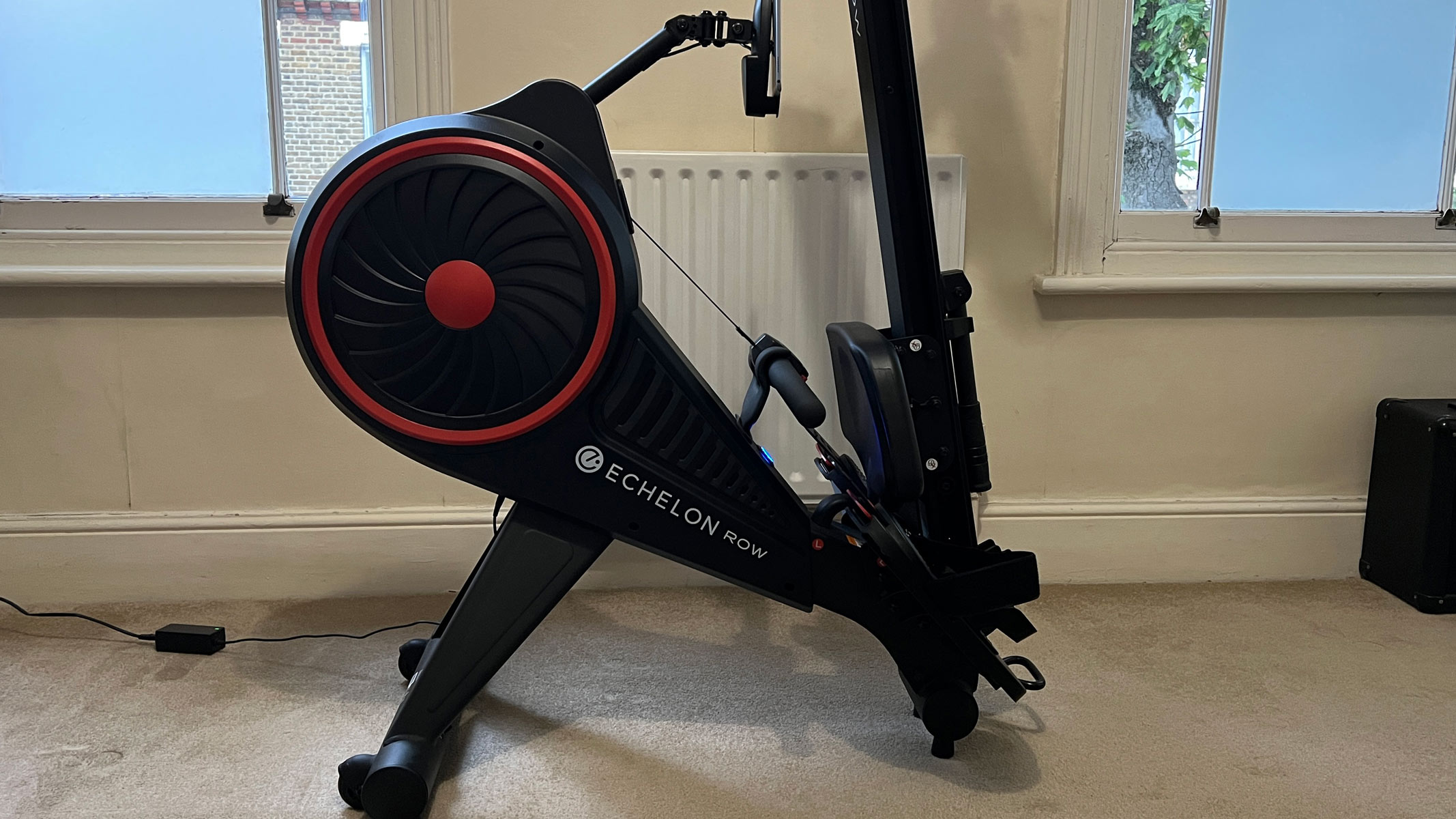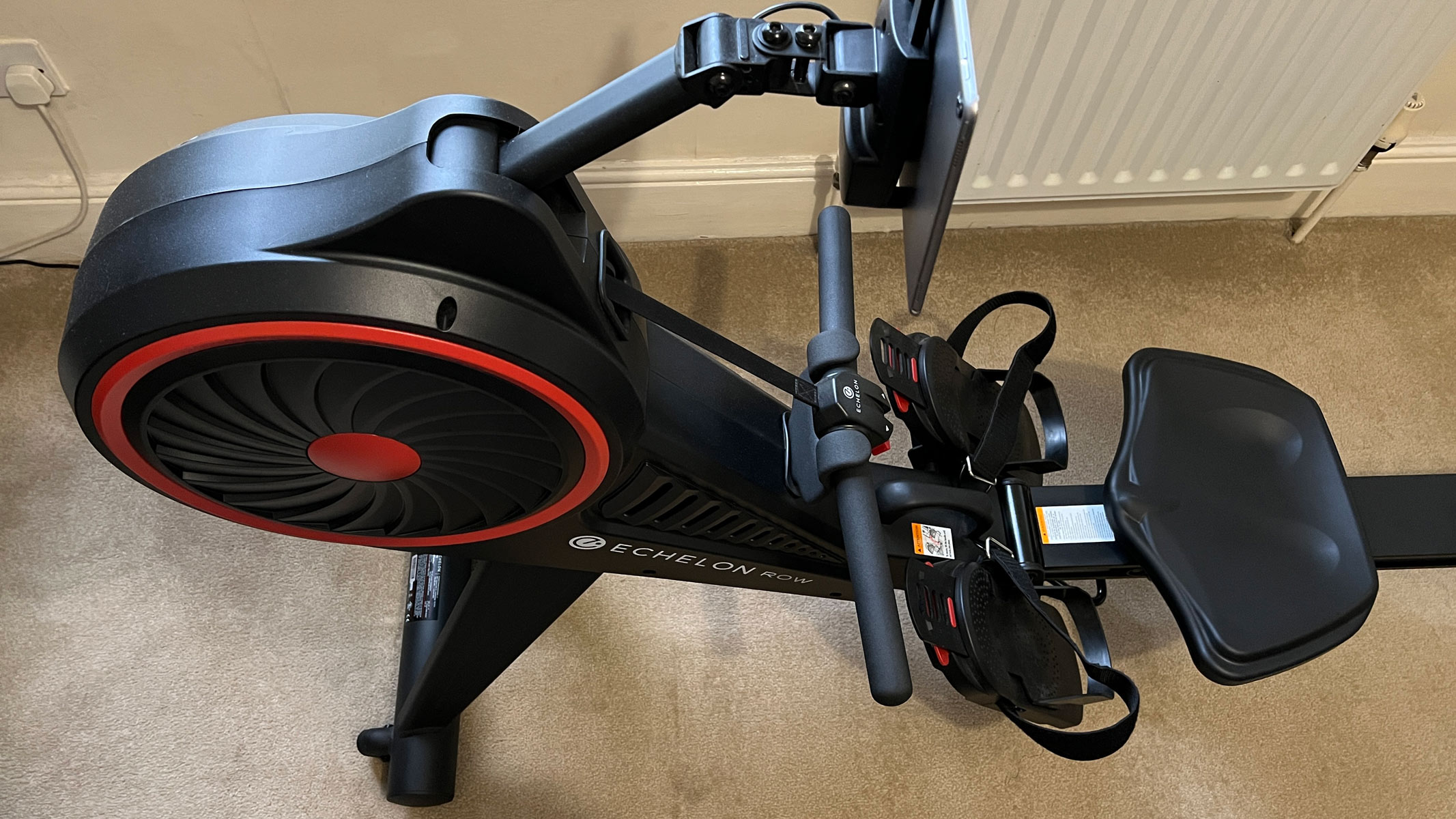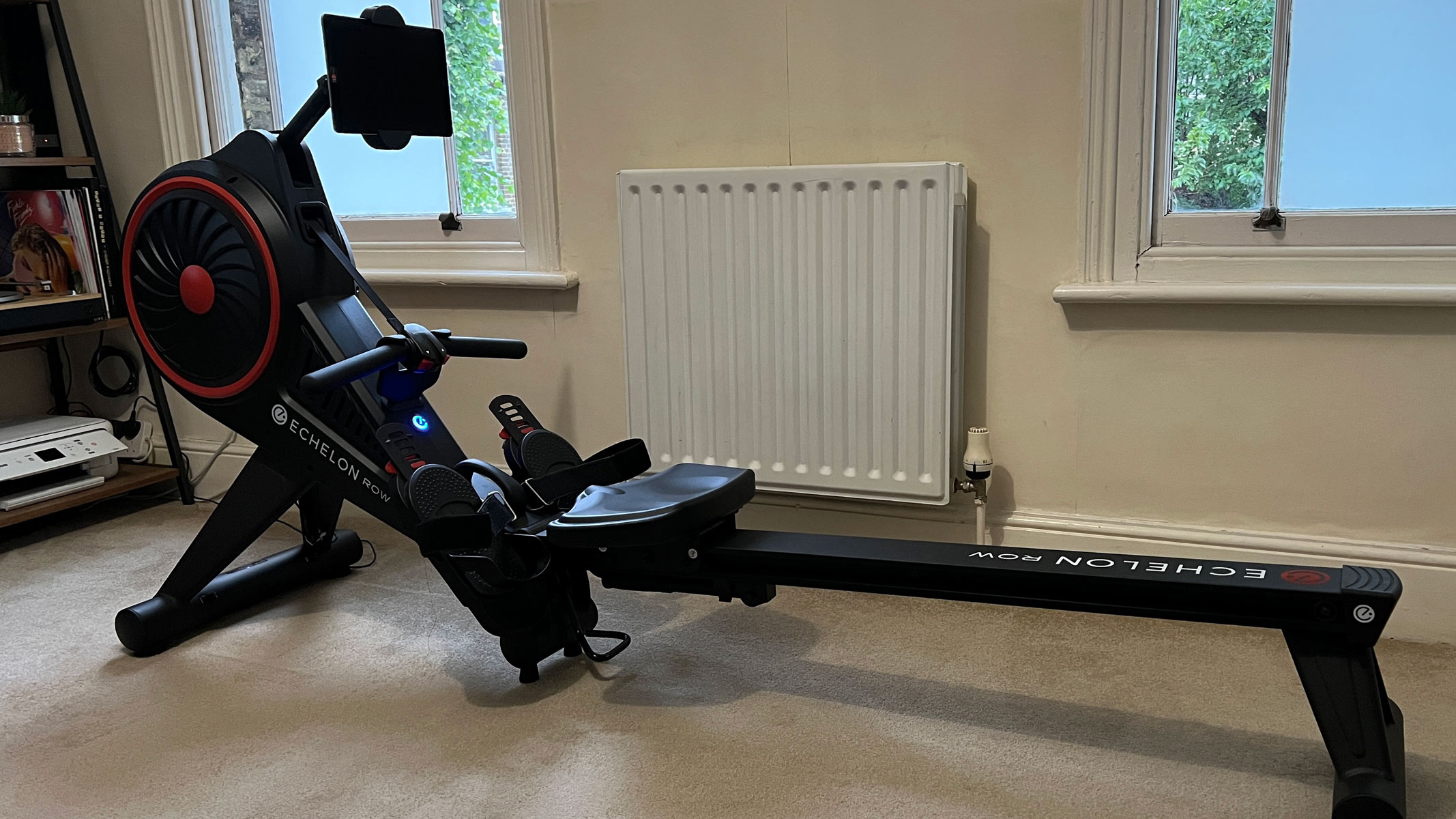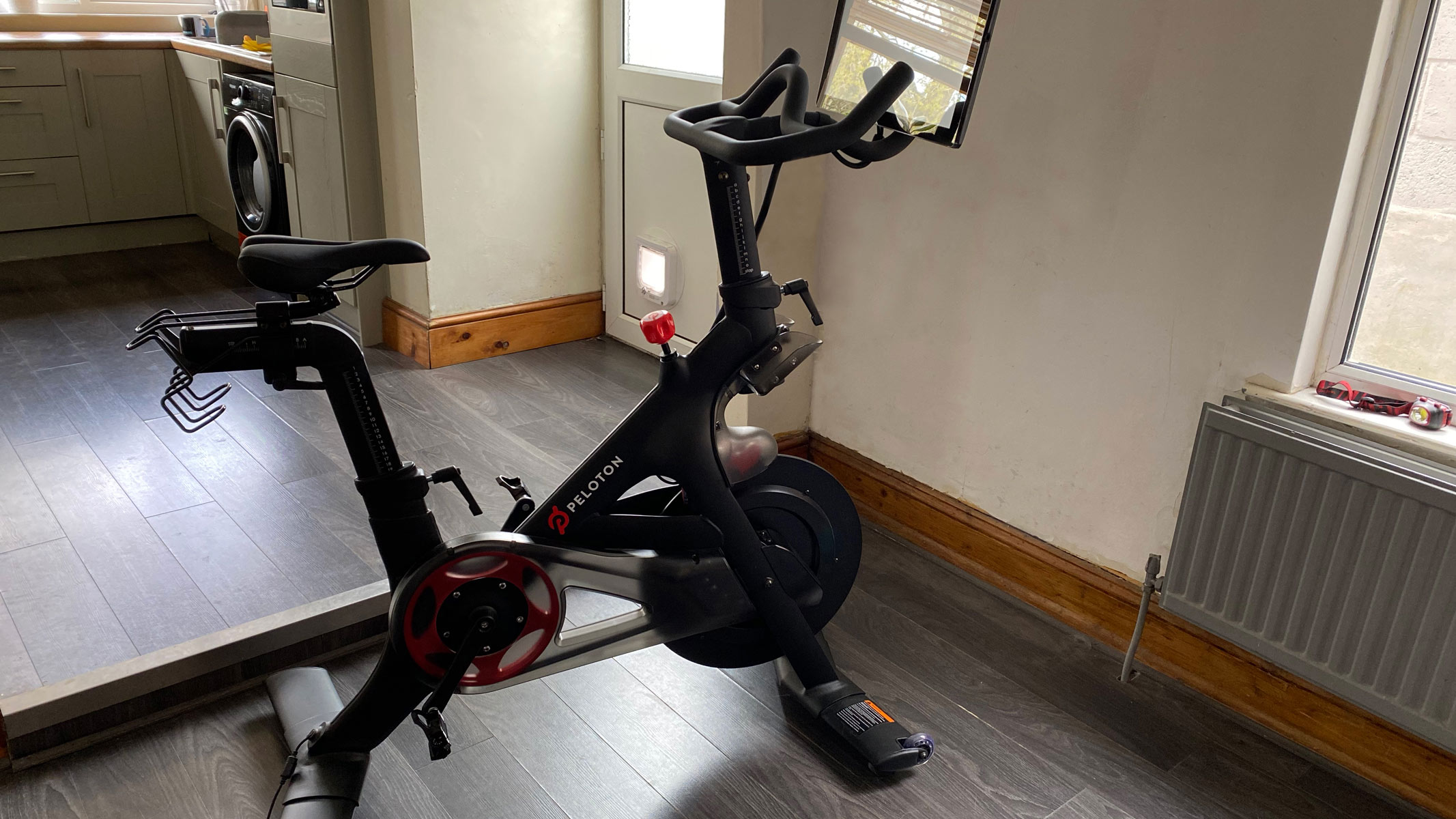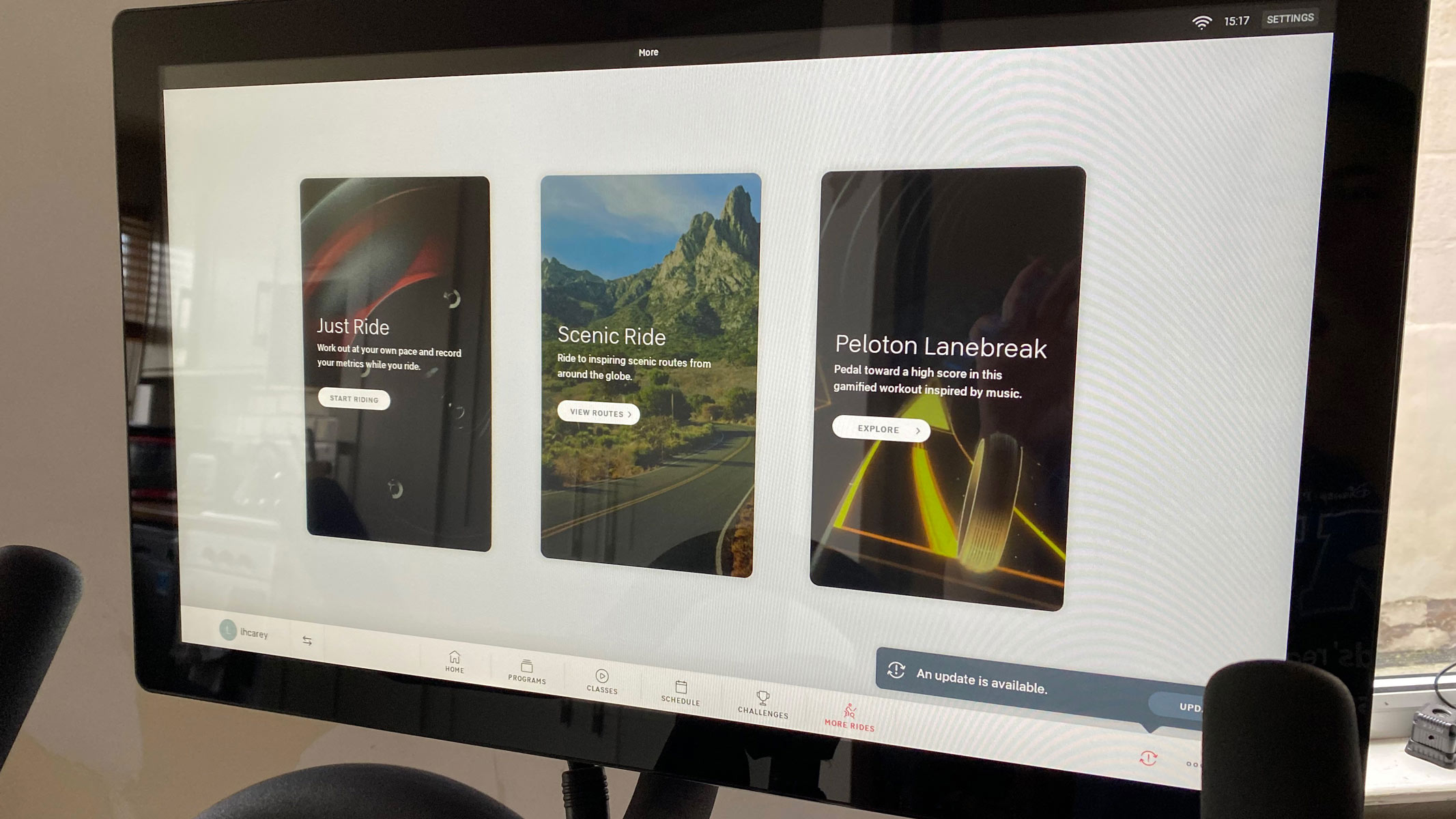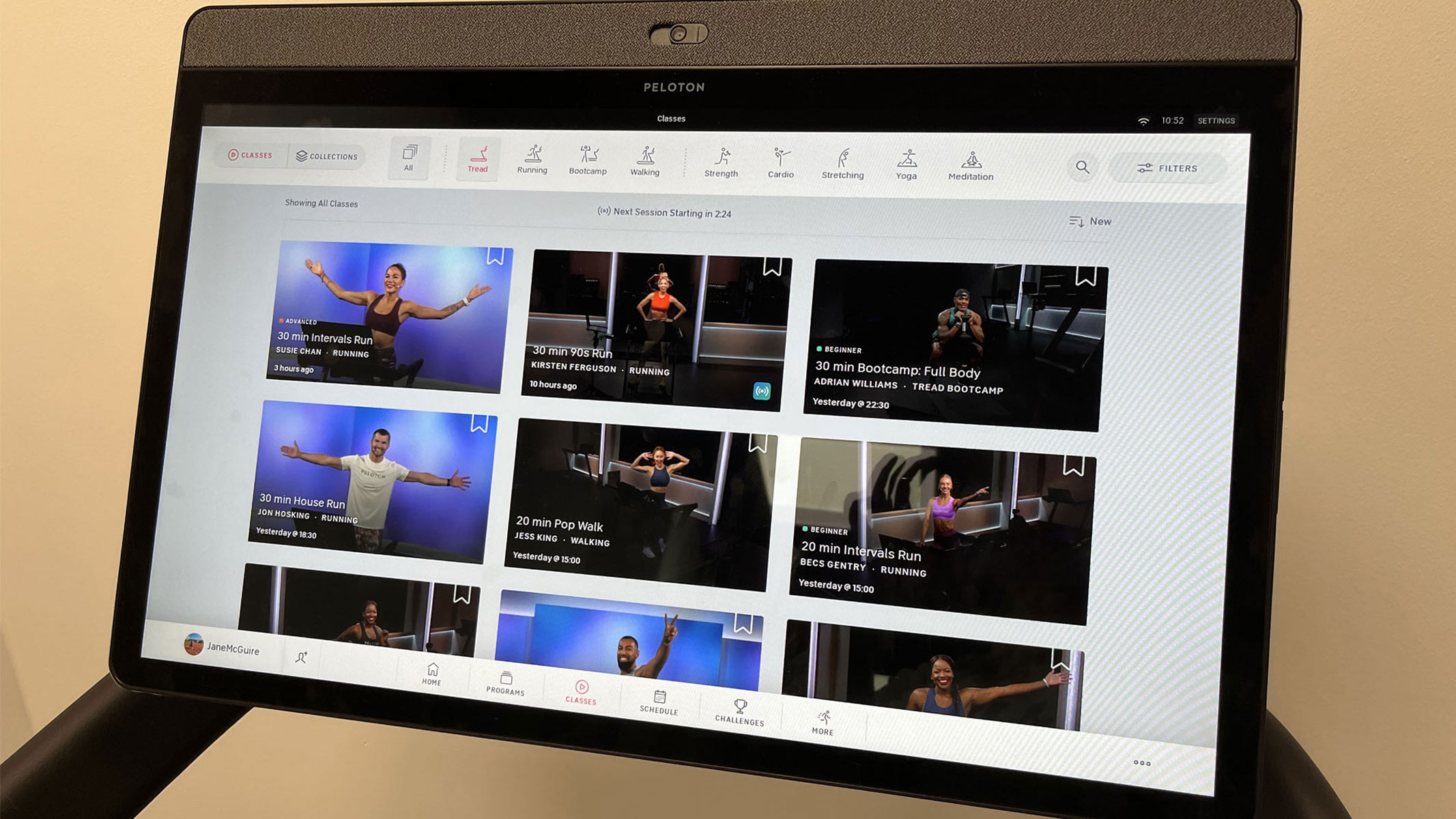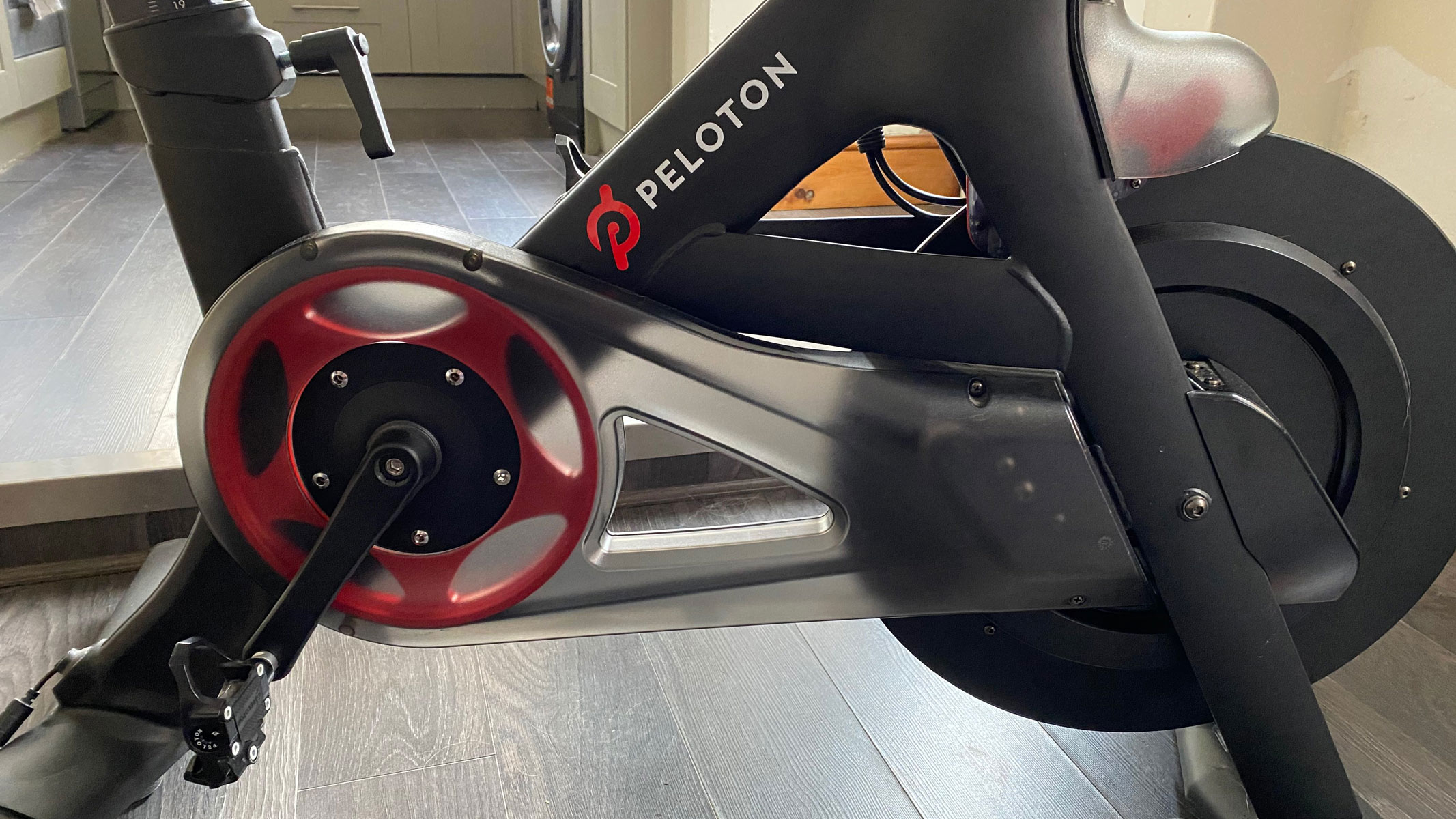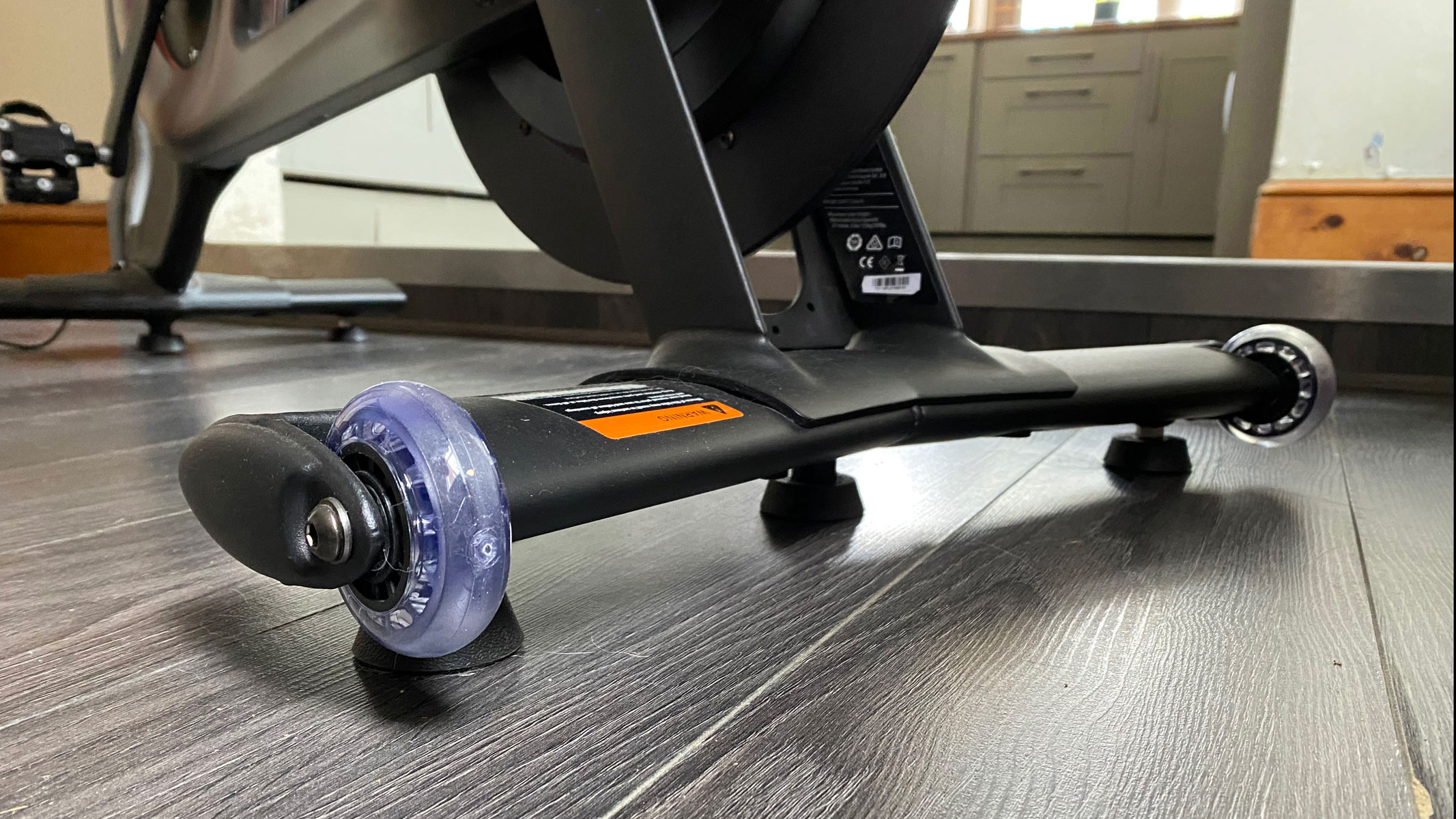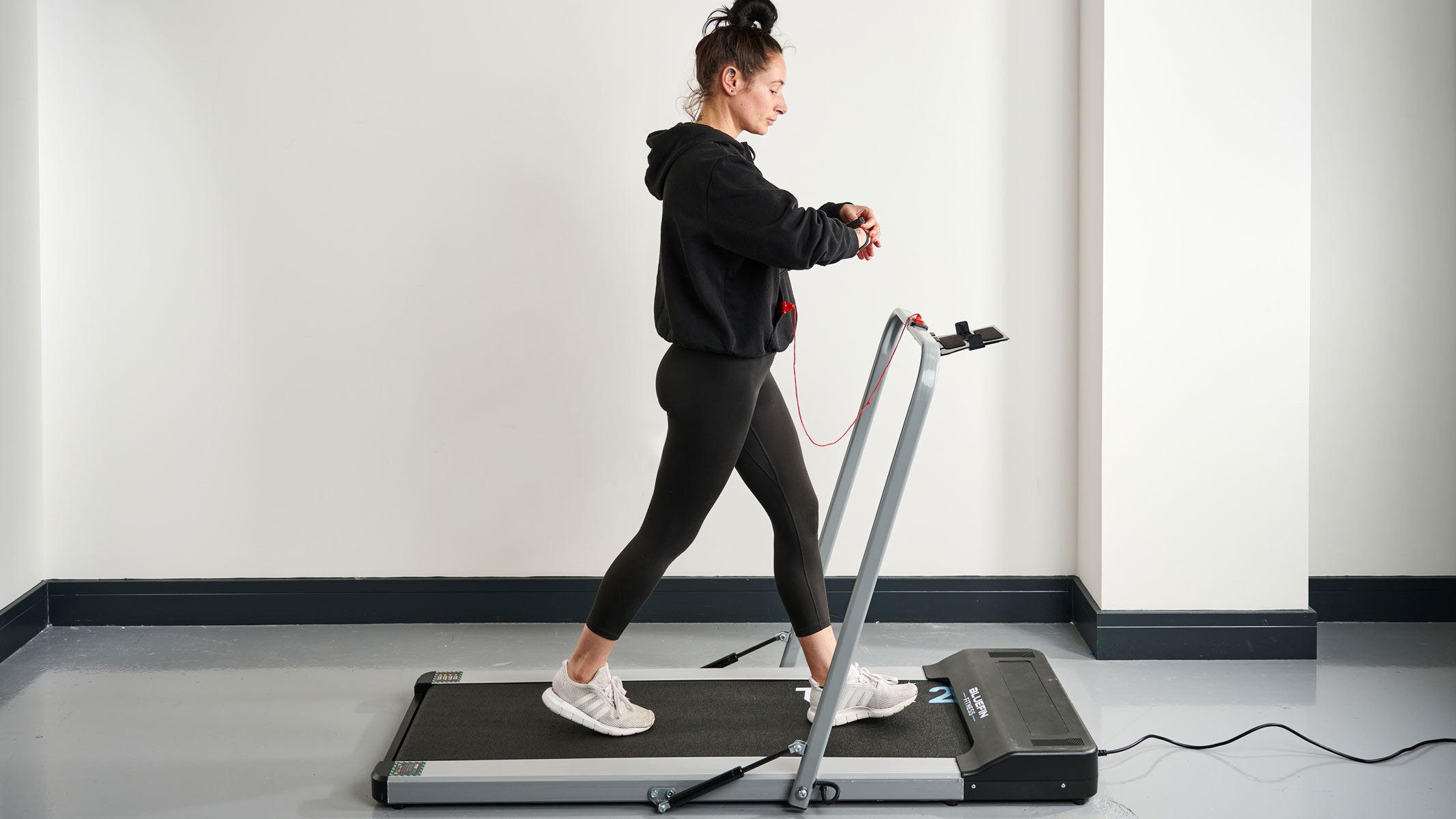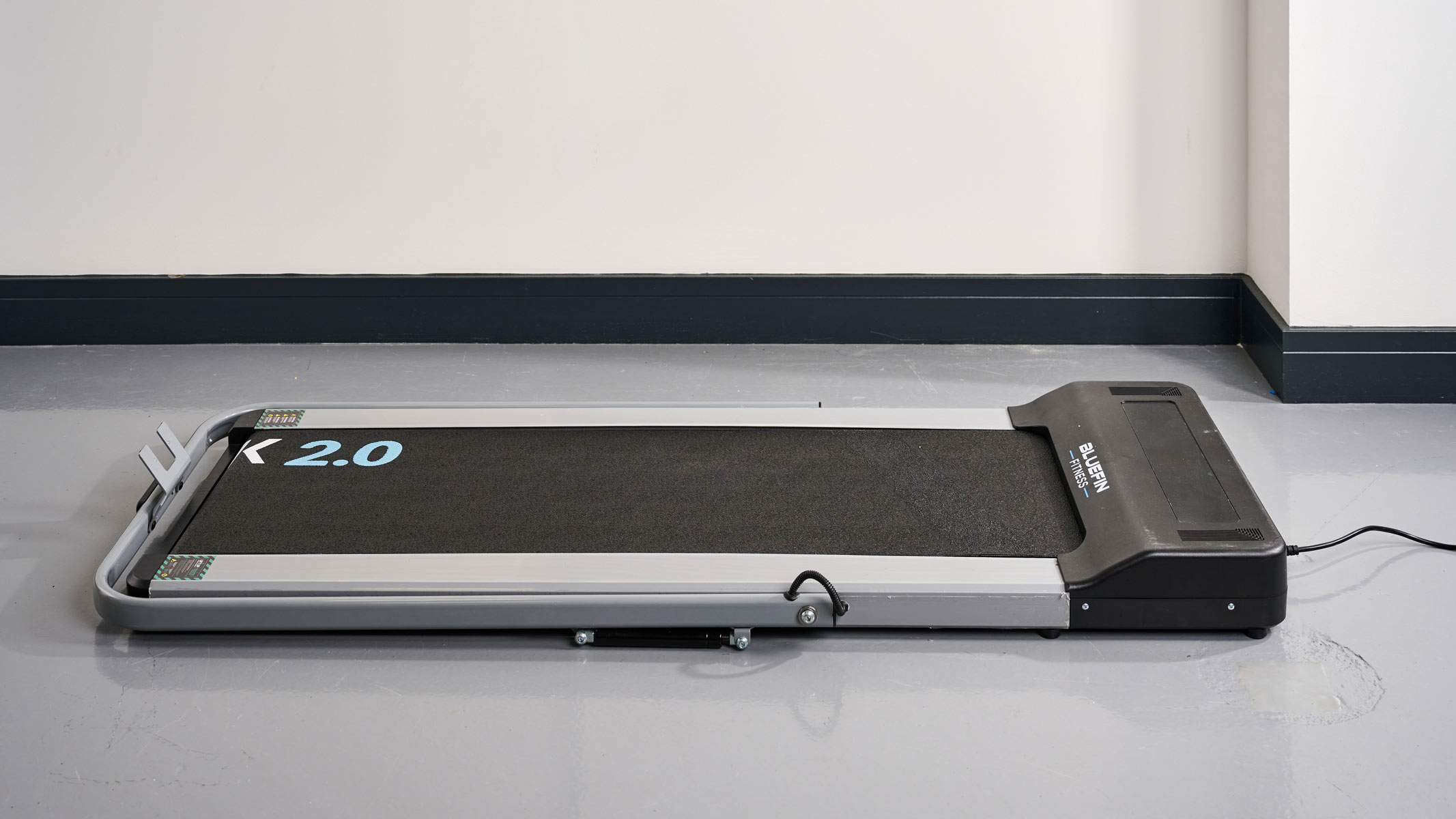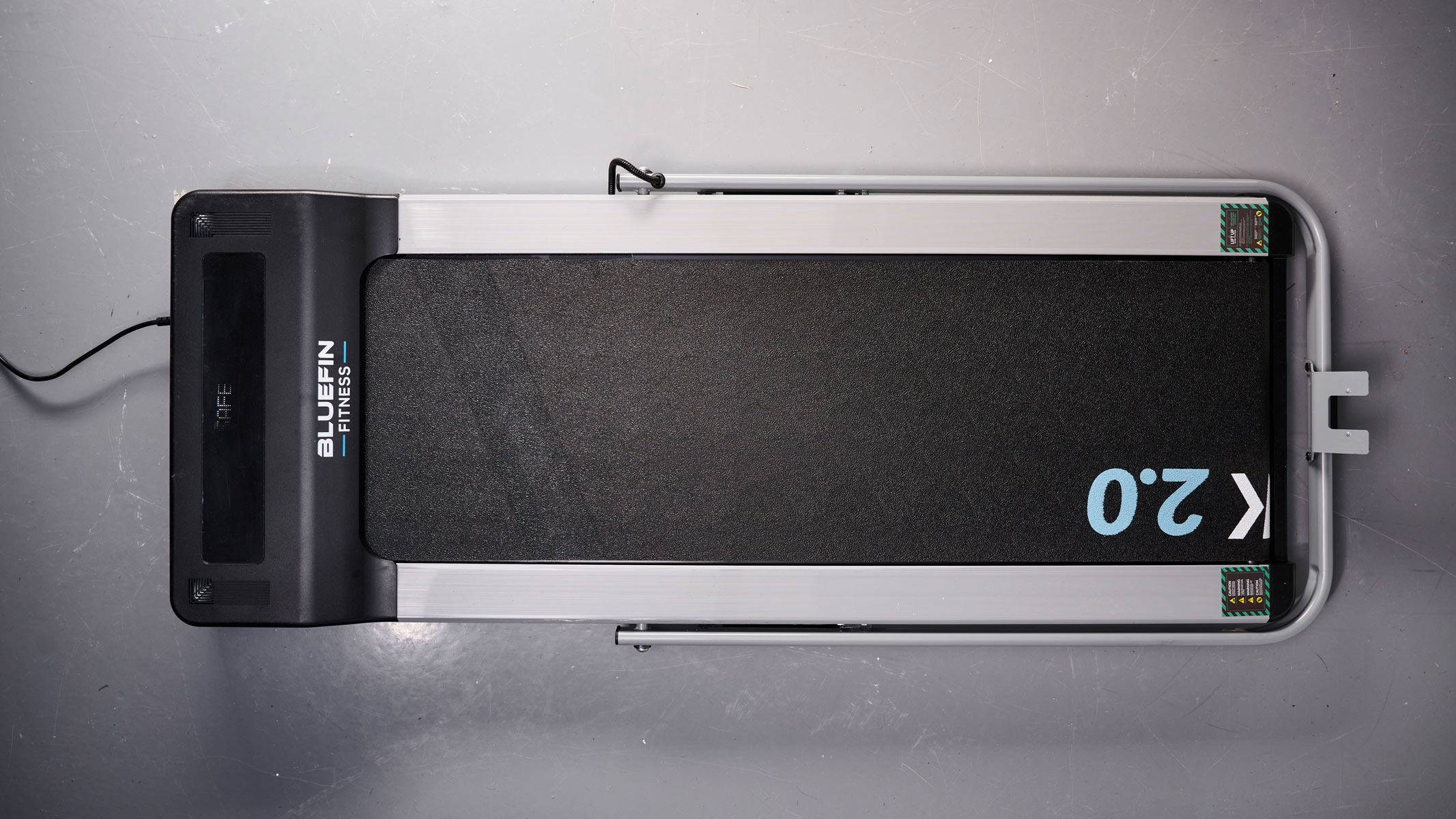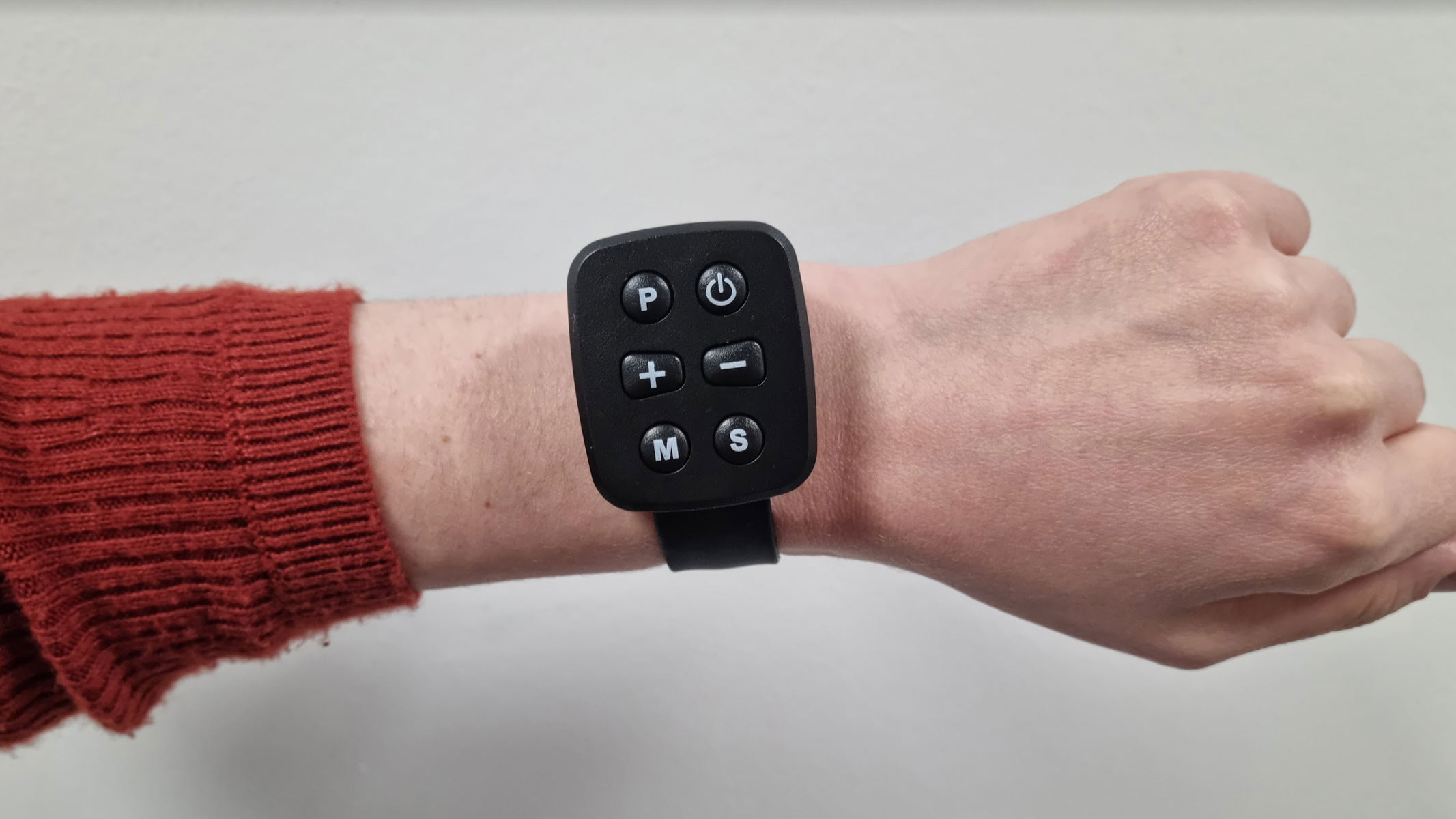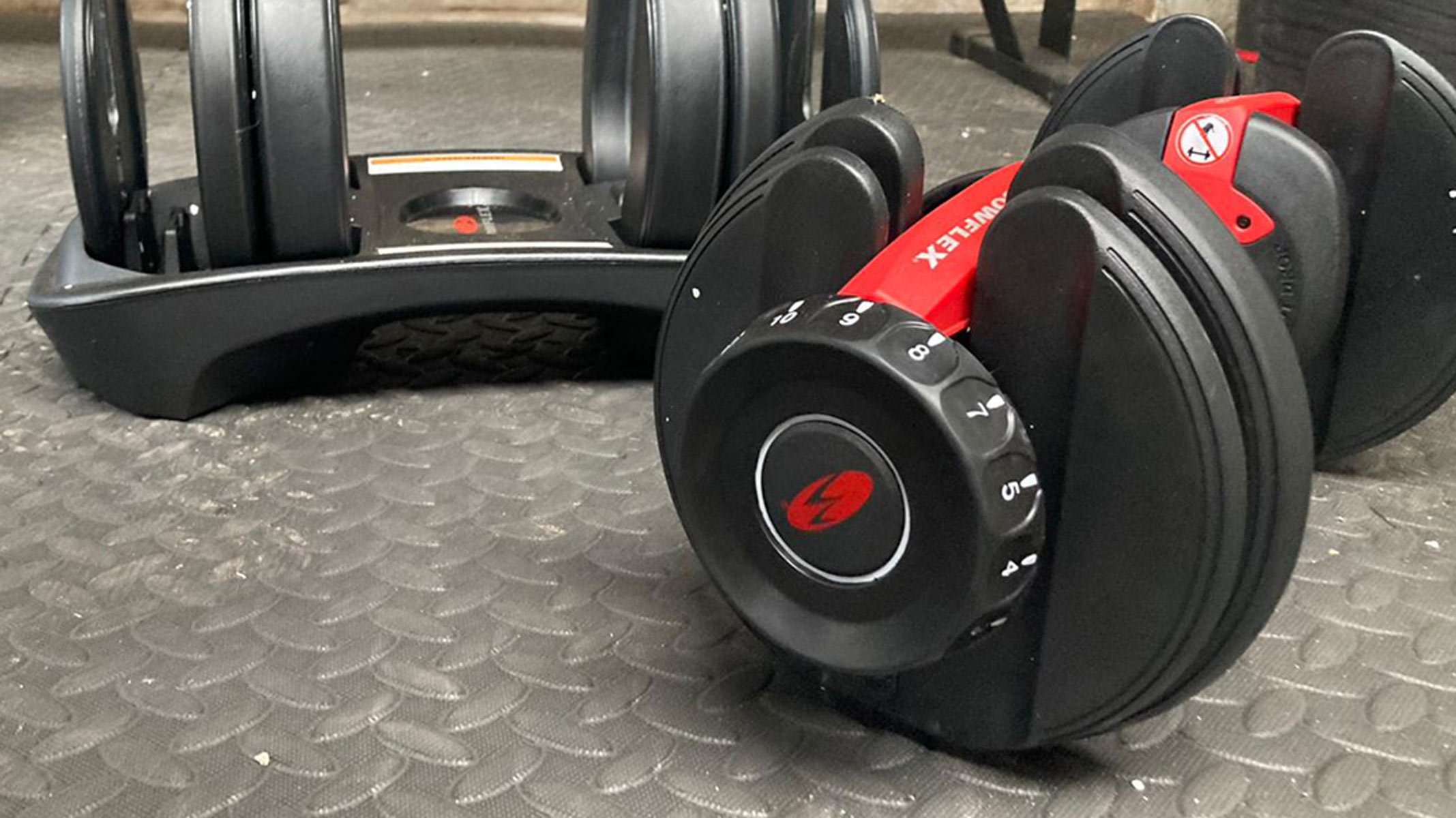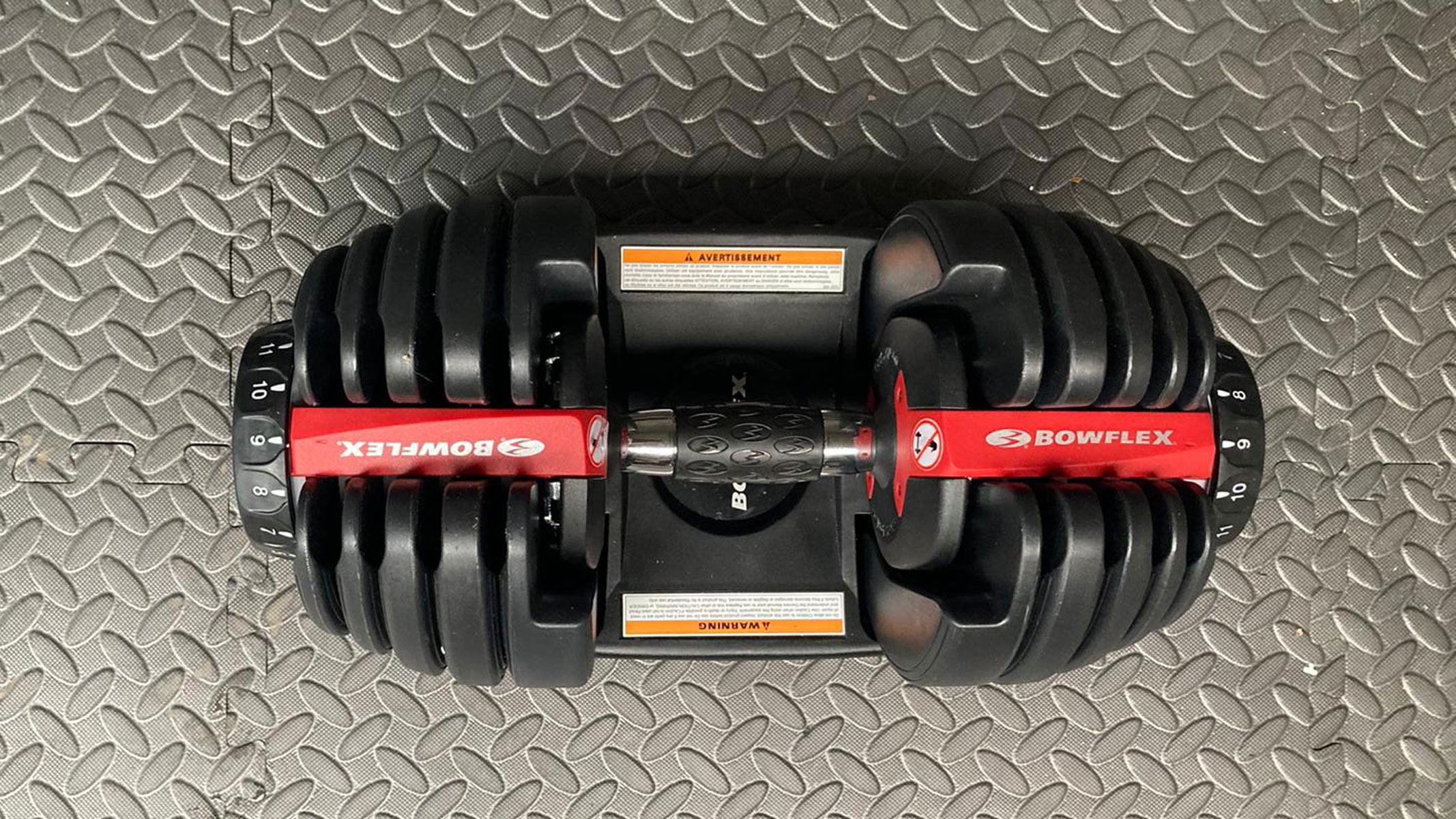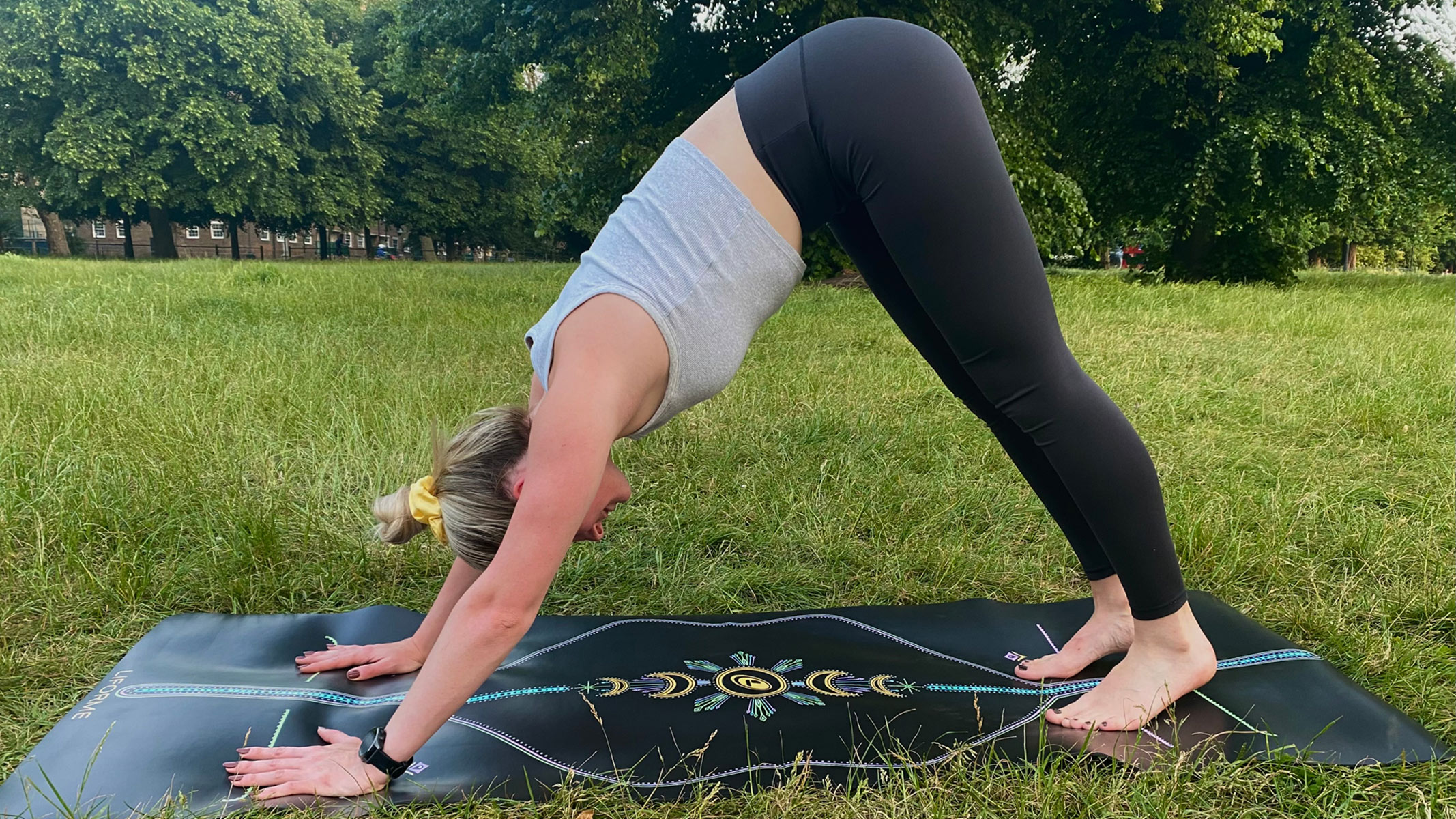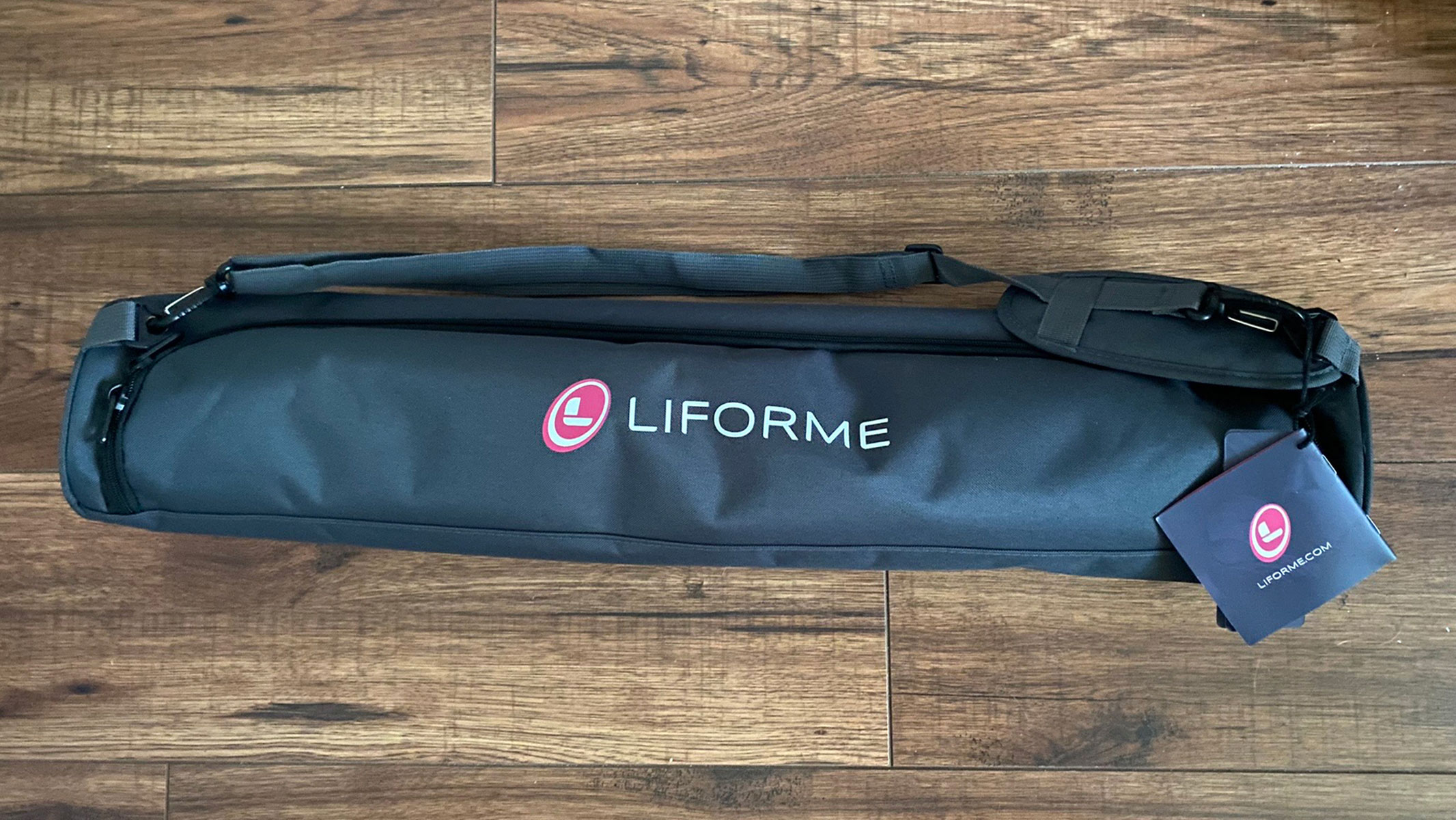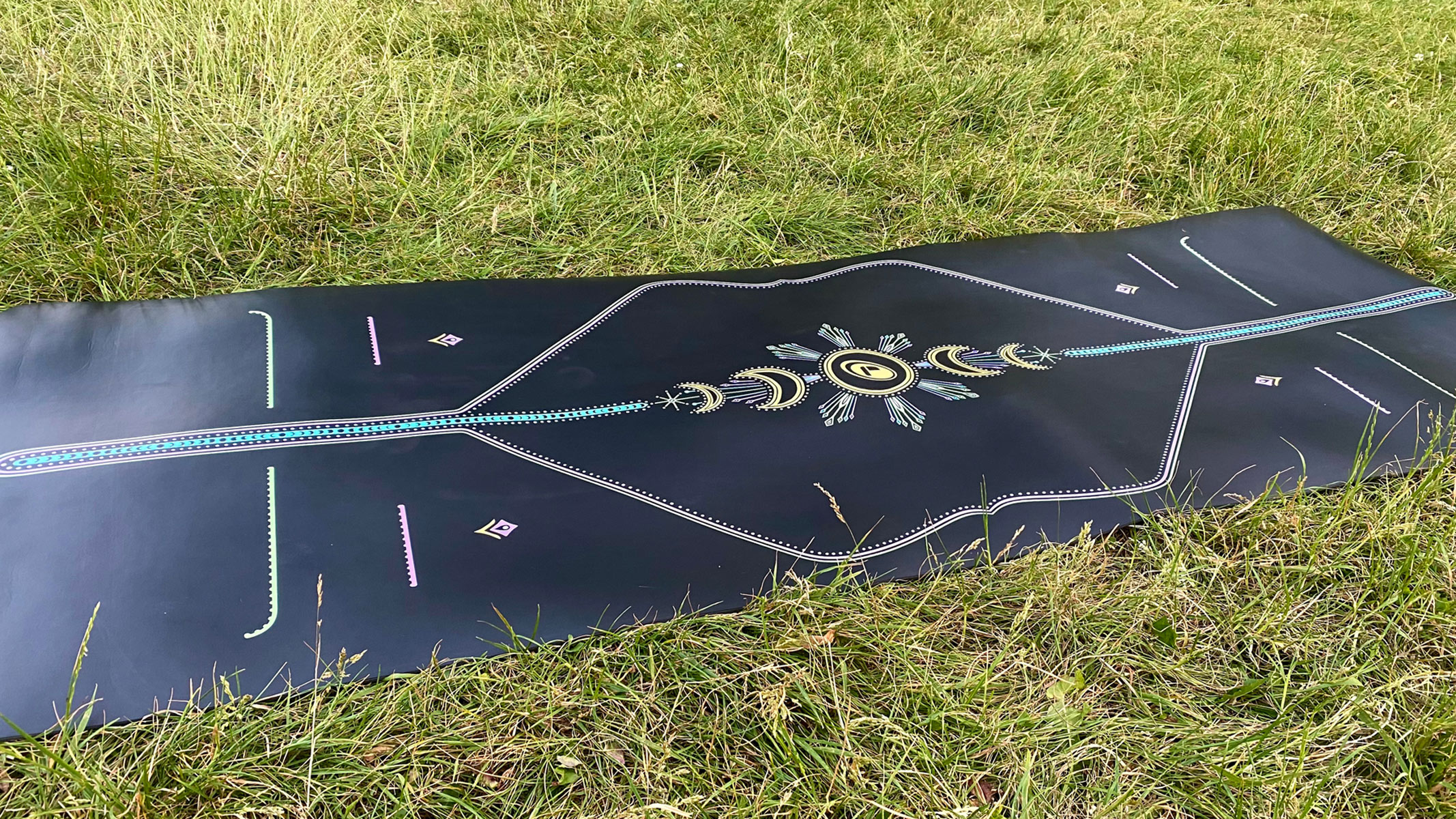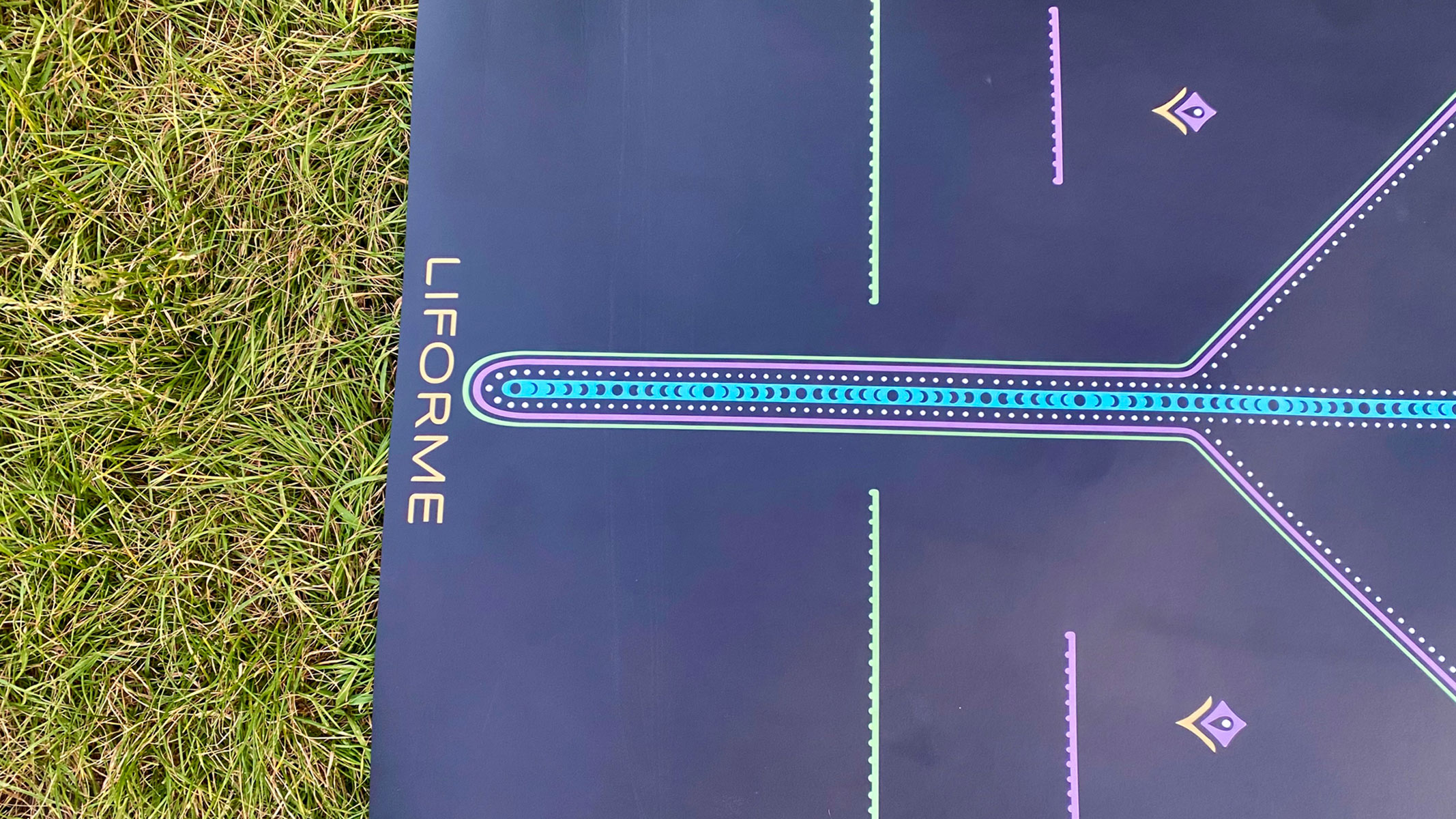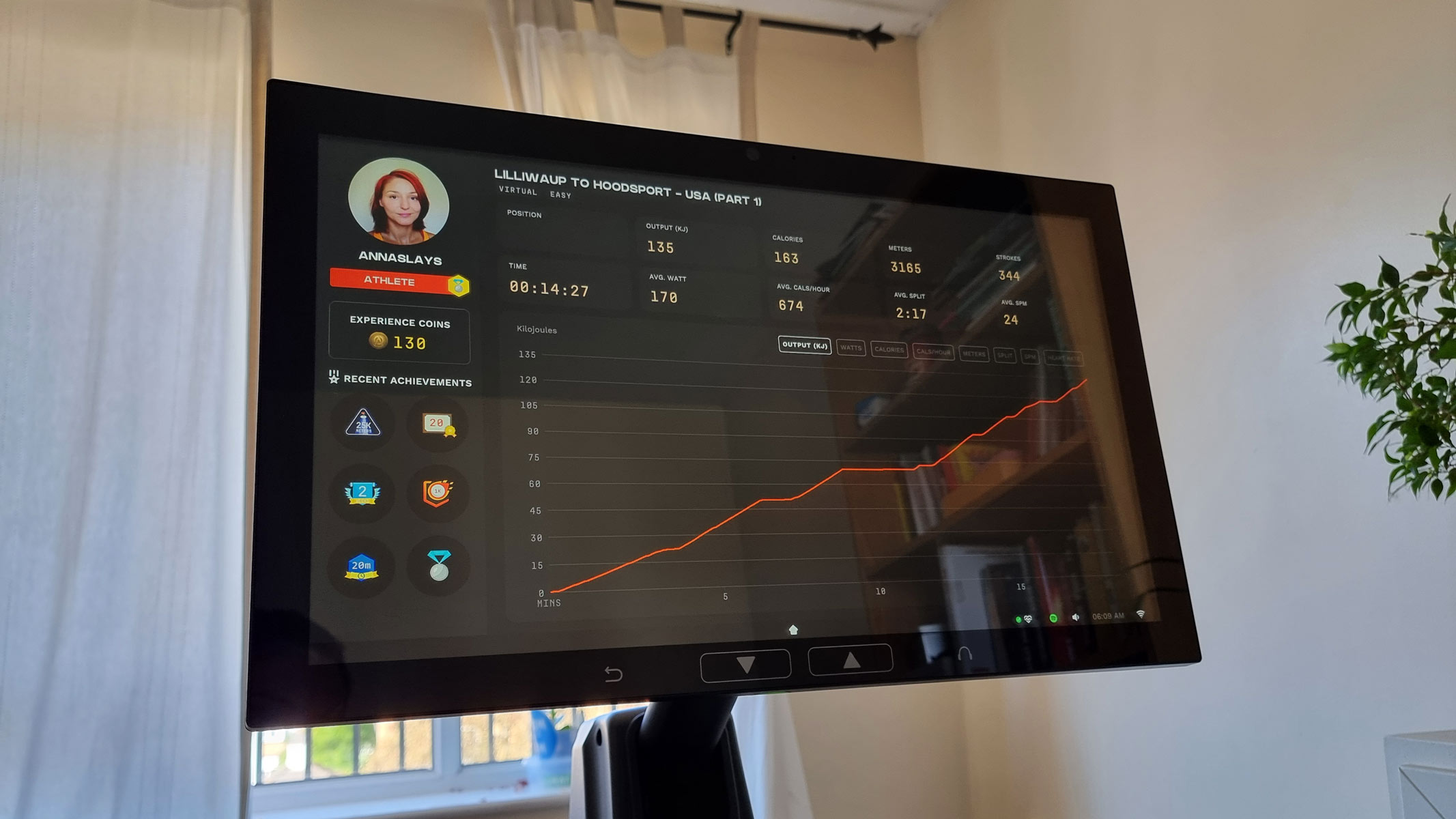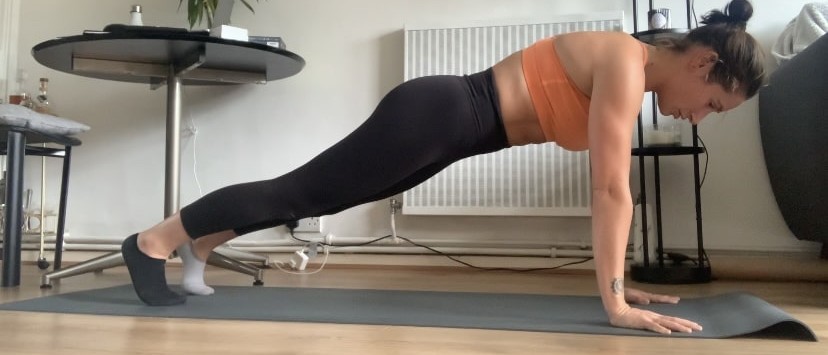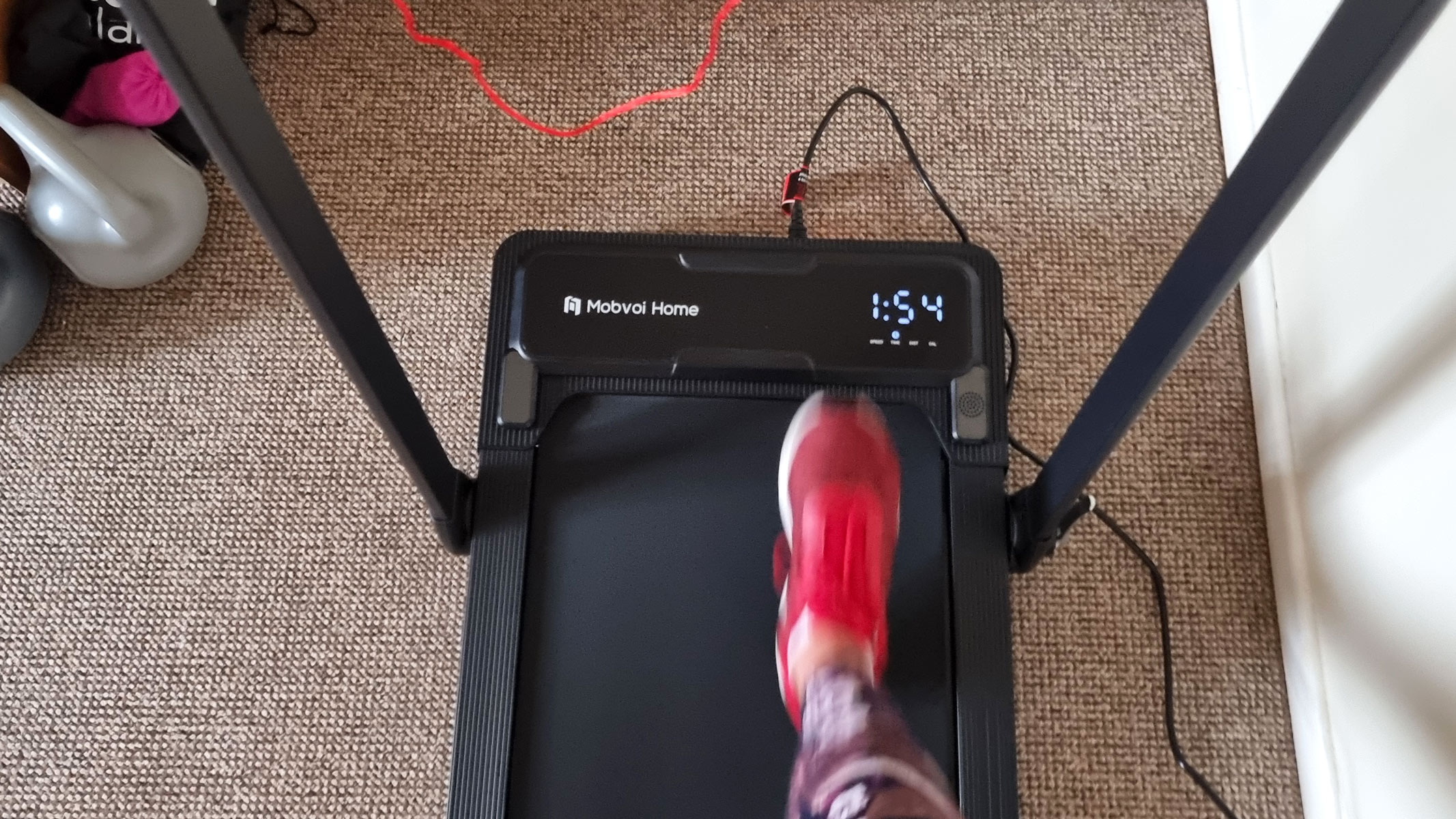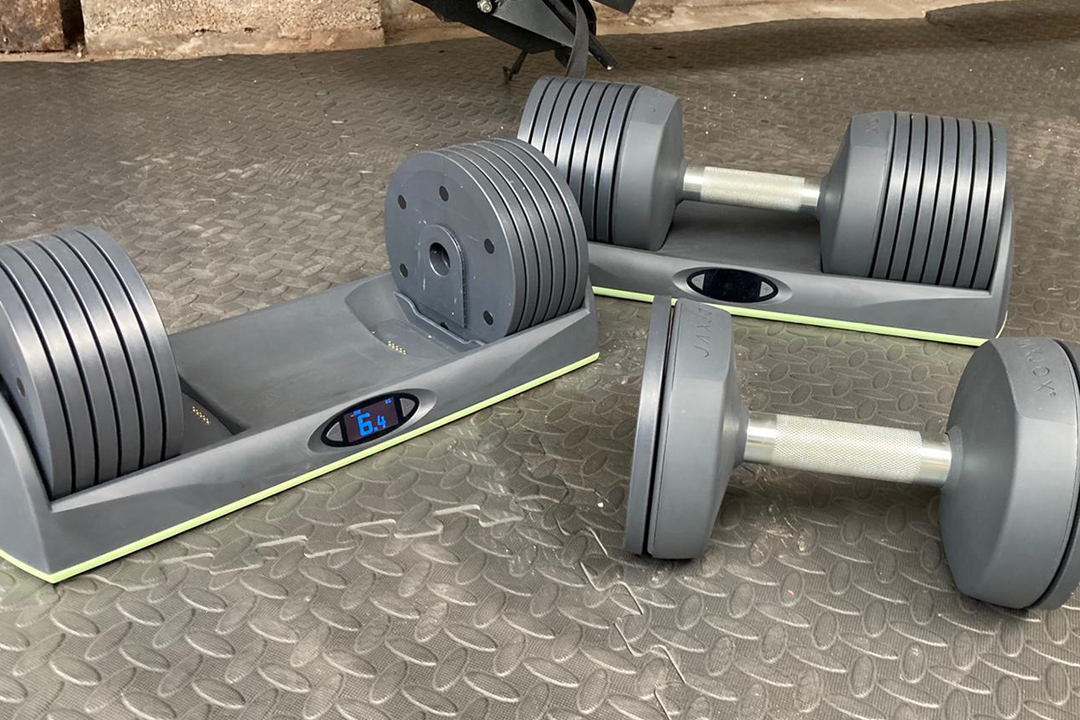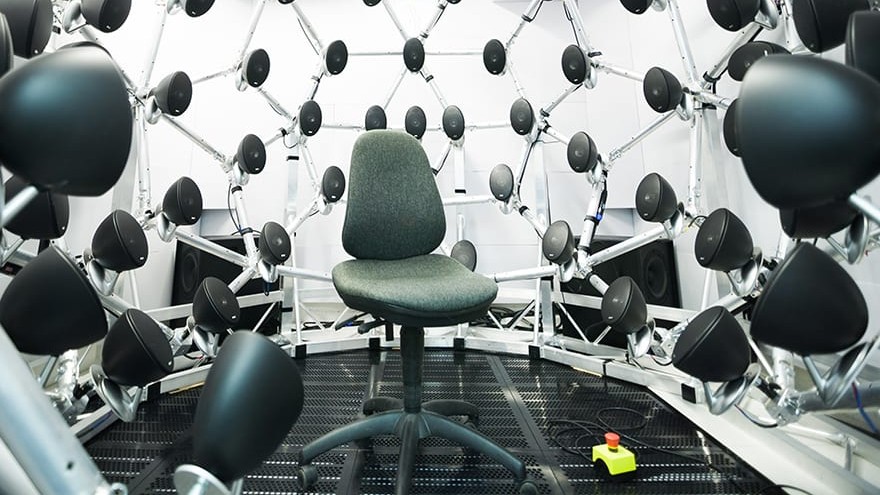Starting out on your fitness journey is daunting enough, let alone buying your first-ever fitness kit. It can be scary to pick up that dumbbell for the first time, or to jump on that first cardio machine. With over a decade of fitness coaching experience under our belt, hundreds of beginners have shared their fears and reservations with us, and we understand that working out is not easy if you have never done it before.
However, we can also promise you that the right kit can make your experience more enjoyable. So, how do you know which exercise equipment is best for you?
While there are plenty of factors to consider, three are of particular importance — your comfort, safety and enjoyment, Dr. Jason Krystofiak, section chief of sports medicine at Cooperman Barnabas Medical Center in Livingston, New Jersey, told Live Science. “Ultimately, the best equipment is the one you feel confident using consistently. Listen to your body and do what feels right,” he said.
If you want to know more about different types of exercise equipment, scroll down to the FAQs, and for more in-depth buying advice, click through to the How to choose section.
Below, you will find a hand-picked selection of our favorite beginner-friendly home gym equipment, all rigorously tried and tested by our expert fitness reviewers according to the same testing protocol. From some of the best rowing machines and exercise bikes to top-class yoga mats and adjustable dumbbells, this is the fitness kit we can wholeheartedly recommend to first-time exercisers.
The quick list
See the quick list below for a brief overview of our favorite beginner-friendly exercise kit, or scroll further down for more detailed reviews of each piece of equipment.
Aviron Strong Series Rower
Best exercise machine
A near-perfect combination: easy on the joints, jam-packed with motivational features, accessible to a wide range of users and exceptionally fun to use.
Read more below
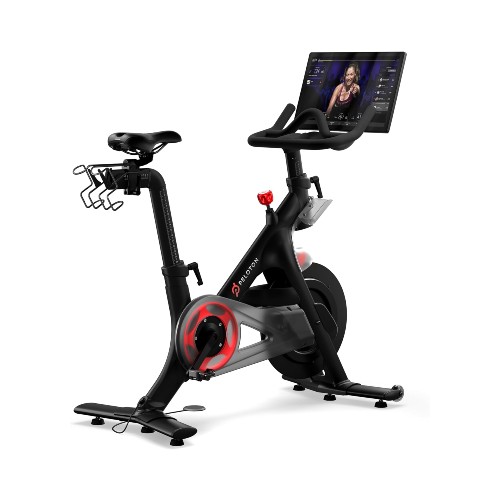
Best fitness classes
Peloton instructors are enthusiastic, engaging and deeply passionate about their job — their fitness classes will motivate you like no other.
Read more below
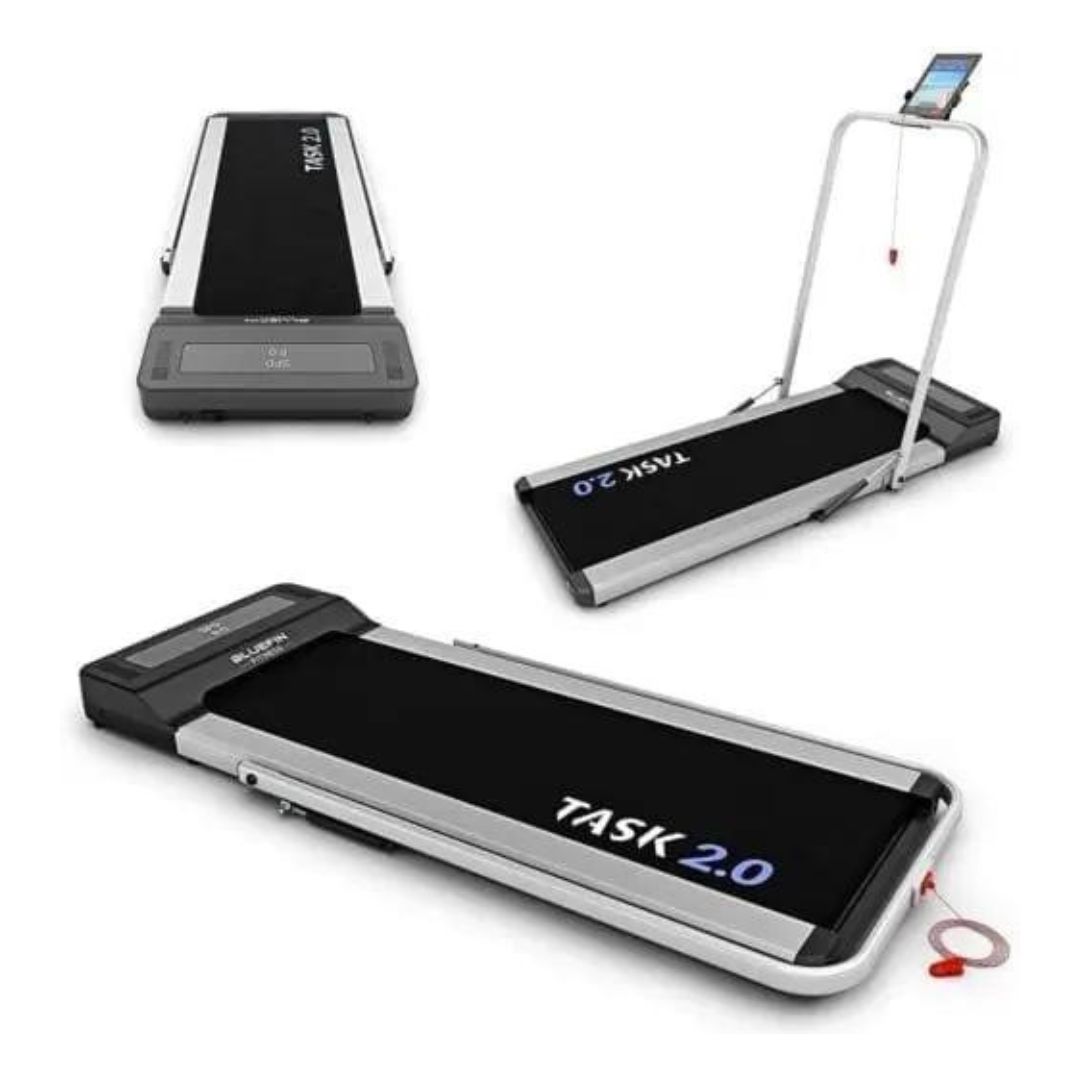
Bluefin Fitness Task 2.0 Treadmill
Best for hitting your step goals
This compact, app-connected walking treadmill will make you look forward to your daily strolls — and it is affordable, too.
Read more below
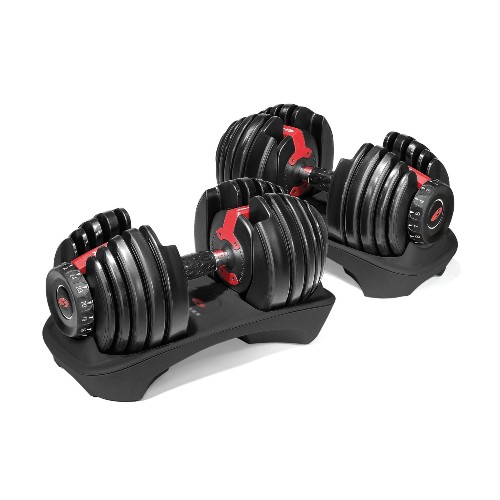
Bowflex SelectTech 552 adjustable dumbbells
Best for building strength
These easy-to-use adjustable dumbbells offer a great introduction to resistance training without cluttering your home gym.
Read more below
The best beginner-friendly exercise equipment we recommend in 2025: Fully tested by our fitness experts
Why you can trust Live Science
Our expert reviewers spend hours testing and comparing products and services so you can choose the best ones for you. Find out more about how we test.
Best exercise machine for beginners
Buy it if
✅ You have never rowed before: It offers plenty of in-depth coaching videos and beginner-friendly guided workouts.
✅ You struggle with motivation: Progress badges and positive feedback during workouts can help you stick to your exercise routine.
✅ You want to minimize the strain on your hips and knees: This rower features an unusually high seat and widely adjustable footplates.
✅ You do not like boring workouts: It features plenty of fun games, challenges and scenic rides.
Don’t buy it if:
❌ You are on a budget: This rowing machine costs $2,499, making it the most expensive option in this guide.
❌ You want something small: It takes up a lot of space even when upright.
❌ You do not want to pay for subscriptions: The Aviron membership costs $29/month or $288/year.
The bottom line
🔎 Aviron Strong Series: With its robust design, wide range of resistance and huge library of fitness content, the Aviron Strong Series Rower is one of the best rowing machines on the market, and thanks to its fun and motivational features, also one of the most beginner-friendly. ★★★★½
The Aviron Strong Series has everything you may ever need from a beginner-friendly exercise machine. Most importantly, it offers a whole-body workout that is easy on the joints. Rowing engages a whopping 86% of your muscles, helping strengthen your heart and boosting your stamina without the heavy impact of running and jumping.
This rowing machine is particularly accessible to first-time users thanks to its unusually high seat and widely adjustable footplates. It is also one of the most weight-inclusive cardio machines on the market — the Aviron Strong Series is suitable for users weighing up to 507 pounds (230 kg).
Never done rowing before? Do not worry. While rowing is arguably not as intuitive as other forms of cardio exercise, the Aviron Strong Series will guide you through with its huge library of in-depth coaching videos and instructor-led workouts. You will not get bored, either. Thanks to its fun games and engaging races, this rowing machine is a joy to use.
During our full Aviron Strong Series rower review, we spent countless hours having unbridled fun while exercising, and we are convinced you will too. Exercise enjoyment is especially vital for beginners and, according to a 2021 study published in the journal Frontiers of Psychology, may be one of the strongest factors in helping them maintain their exercise routine long-term.
Moreover, the Aviron Strong Series is designed to give you a strong sense of achievement. The more you row, the more progress badges you earn, and with each completed workout, you will get virtual coins that will help you unlock new features. You can also compare your results with other Aviron users and even take part in virtual races. You will never be alone on your fitness journey.
Having said all that, the Aviron Strong Series comes with two major downsides. First and foremost, it is a large, heavy piece of kit that will take up a huge chunk of your floor space when in use and tower over your room when stored upright. If you do not have enough space to house it, consider the foldable Echelon Smart Rower [internal link] instead.
Secondly, the Aviron Strong Series costs £2,499, making it the most expensive option in this guide. However, we still think it is worth the steep investment. What you get for your money is a thoughtfully designed piece of kit that will help you fall in love with exercise — and if you are a beginner dreading the prospect of working out, this is what counts the most.
|
Attributes |
Notes |
Rating |
|---|---|---|
|
Design |
Well-built and accessible to a wide range of users, but also relatively big and heavy. |
★★★★ |
|
Features |
Fun games, coaching videos, guided workouts, virtual races, supportive community, and more. |
★★★★★ |
|
Performance |
Smooth and comfortable strokes without making much noise. |
★★★★★ |
|
Value for money |
Expensive, but worth it. |
★★★★ |
Best exercise machine for small spaces
Buy it if
✅ You are short on space: It is foldable and can be stored upright.
✅ You are on a budget: It costs $999 and is frequently on sale.
✅ You like fun fitness classes: Echelon offers plenty of engaging fitness content on demand.
✅ You want a supportive community: It allows you to connect with other Echelon users.
Don’t buy it if:
❌ You want a large touchscreen: While some Echelon rowers come with built-in displays, this model does not.
❌ You have limited hip and knee mobility: It has a relatively low seat.
❌ You do not want to pay for subscriptions: Echelon charges $11.99/month for a limited membership and $34.99/month for a full membership.
The bottom line
🔎 Echelon Smart Rower: This foldable rowing machine is exceptionally space-savvy without compromising on comfort and durability, and it comes with thousands of fun fitness classes and a supportive community — all at a reasonable price. However, it does not have a built-in touchscreen or other premium features. ★★★★
The Aviron Strong Series is a great piece of kit, but its sheer size and high price can exclude a lot of beginners. If you want to reap the benefits of rowing but can’t commit to the significant upfront cost or do not have enough space to house such a large machine, we would recommend the Echelon Smart Rower instead. This rowing machine costs less than half of what you would pay for the Aviron Strong Series ($999 and often less due to frequent sales), and it is narrower in design.
While it is just as long and heavy as the Aviron Strong Series, the Echelon Smart Rower is also foldable, and this tweak makes it more space-savvy. During our full Echelon Smart Rower review, we liked how easy it was to use its quick-release mechanism. It is more user-friendly and easier to store than many other rowing machines we have tested.
It is not just the foldable design that makes the Echelon Smart Rower stand out among the competitors. True, it may not have nearly as many gamified features as the Aviron Strong Series, but it still offers thousands of fun fitness classes and plenty of engaging fitness content on demand.
Beginners may particularly enjoy the community aspect of the Echelon platform — it allows you to connect with other Echelon users, whether to share your recent accomplishments, find an “accountability partner” (someone who can support you to maintain progress on your goals) or race against others. The official Echelon community on Facebook has over 37,000 members, so you are bound to find someone you click with — and having someone to keep you accountable can be of enormous help to achieving your goals, according to a 2014 study published in the Journal of Applied Social Psychology.
That said, the Echelon Smart Rower does not have a built-in touchscreen, so you would need to use your own device to access the Echelon app (though there is at least a device holder). The low seat on this rowing machine may also cause some discomfort to people with limited knee and hip mobility.
|
Attributes |
Notes |
Rating |
|---|---|---|
|
Design |
Foldable and space-savvy, but without a built-in touchscreen and other frills. |
★★★★ |
|
Features |
Coaching videos, guided workouts, supportive community, and more. |
★★★★ |
|
Performance |
Quiet and comfortable to row. |
★★★★★ |
|
Value for money |
Reasonably priced, but the app membership costs make it more expensive in the long run. |
★★★★ |
Best exercise machine for fitness classes
Buy it if
✅ You thrive in group settings: It allows you to exercise with others by joining live group classes.
✅ You struggle with motivation: Peloton instructors are known for their unbridled enthusiasm and engaging fitness classes.
✅ You want a bike that will last you years: It is sturdy and durable.
Don’t buy it if:
❌ You are on a budget: It costs $1,445, which is on the expensive side for exercise bikes.
❌ You do not want to pay for subscriptions: Peloton charges $12.99/month for a basic membership and $24/month for an extended membership.
❌ You are short on space: It is a relatively big machine.
The bottom line
🔎 Peloton Bike: This exercise bike is iconic for a reason — it is durable, good-looking and comfortable to ride, and its on-demand fitness content is some of the best around. ★★★★½
Group classes offer an excellent introduction to exercise, whether you are a first-timer or a seasoned gym-goer looking to try something new. It is not just about having a fitness instructor guiding you through the motions safely and effectively — the real allure is in the presence of other people.
Social support is an important factor in maintaining a lasting exercise routine, and the more you feel like you are a part of the group, the more likely you are to enjoy your workout and push yourself more, according to a 2019 study published in the journal Sport, Exercise, and Performance Psychology.
If fitness classes are what you are looking for, the Peloton bike will be right up your street. We have tried and tested multiple cardio machines over the years, and while many offer excellent fitness classes, the Peloton bike still comes on top in that regard. Peloton instructors are some of the most enthusiastic and engaging exercise professionals around, and their fitness classes tend to leave you sweaty and deeply satisfied with your workouts. You can choose to exercise to one of the pre-recorded sessions or tune into live streams. Either way, you can see who is spinning the pedals with you in real time — not many other machines can give you that sense of instant connection with other users.
Fitness classes aside, the Peloton bike is an extremely well-designed piece of kit. It is sturdy, durable and comfortable to ride, and if cared for properly, can last you years with minimal maintenance. It looks great, too. During our full Peloton Bike review, we were more than happy with our workouts on this piece of equipment.
On the downside, the Peloton bike is relatively big, heavy and expensive ($1,445 and rarely on offer.) If you are looking for something more affordable, consider the Echelon EX5-S exercise bike instead. Just like the Peloton bike, it comes with fun fitness classes and a supportive community, but it is cheaper by around $500. However, we also found it slightly less intuitive to use.
|
Attributes |
Notes |
Rating |
|---|---|---|
|
Design |
Sturdy, stable and durable, but also relatively big and heavy. |
★★★★ |
|
Features |
Fitness classes, coaching videos, supportive community, and more. |
★★★★★ |
|
Performance |
Smooth, comfortable ride without making excessive noise. |
★★★★★ |
|
Value for money |
Relatively expensive, but worth it. |
★★★★ |
Best exercise equipment for hitting your step goal
Buy it if
✅ You want to make walking fun: The Kinomap app features fitness classes, scenic walks and workout challenges.
✅ You are short on space: It is tiny compared to other treadmills on the market.
✅ You are on a tight budget: It costs around $160 and is frequently on sale.
Don’t buy it if:
❌ You are tall or have a long stride: The belt is relatively short and narrow.
❌ You are transitioning to running: It only goes up to 5 mph (8 km/h).
❌ You weigh more than 264.6 lbs (120 kg): It is the least weight-inclusive option in this guide.
The bottom line
🔎 Bluefin Fitness Task 2.0 Treadmill: It is not the biggest, fastest or most advanced walking treadmill on the market. However, it is exceptionally compact, easy to use and comfortable to walk on, and it offers plenty of fun features in the connected app — all for less than $160. ★★★★
If you are not fit enough to jump on one of the rowing machines or exercise bikes mentioned above, consider a walking treadmill instead. Brisk walks require less effort than other forms of cardio exercise, but that does not mean they produce fewer health benefits. Studies indicate that, if you have never done much exercise before, walking can help you lose weight and significantly improve your cardiovascular health, according to a 2007 meta-analysis published in the journal Preventive Medicine.
Walking treadmills are also a great alternative if you do not want to commit to a huge upfront investment. In addition, they are usually much smaller and more portable than bikes and rowers, making them more suitable for tight spaces. All in all, they can be a great starting point in your fitness journey. But which walking treadmill should you buy?
While most machines may look the same at a glance, it is the features that make the most difference — and this is where the Bluefin Fitness Task 2.0 shines the brightest. That is because it can be connected to the Kinomap app, a platform that offers numerous fitness classes, scenic walks and workout challenges — and yet the Bluefin Fitness Task 2.0 costs around $160 and is frequently on sale. These kinds of frills are often unavailable in a walking treadmill at such an affordable price point.
Given its relatively low price, the Bluefin Fitness Task 2.0 is a surprisingly well-made machine. It is compact and easy to use, and while some taller individuals may find its treadbelt unnervingly short and narrow for running, most people should be able to walk on it with no issues.
This machine is also very quick to set up (we got it up and running in less than 15 minutes during our full Bluefin Fitness Task 2.0 Treadmill review), and features intuitive controls: a remote control that snaps onto your wrist like a watch and a safety key that stops the treadmill in emergencies.
However, the Bluefin Fitness Task 2.0 Treadmill may not be a great option if you want to transition to running. Its treadbelt only goes up to 5 mph (8 km/h), so if you want something faster, you may want to consider spending more on one of the best treadmills instead.
|
Attributes |
Notes |
Rating |
|---|---|---|
|
Design |
Small and foldable, but some people may find it unnervingly narrow. |
★★★★ |
|
Features |
Wrist-worn remote control and connected apps, but no built-in touchscreen. |
★★★★ |
|
Performance |
Comfortable to use, but with limited tread speed. |
★★★★ |
|
Value for money |
Exceptionally functional for the price. |
★★★★★ |
Best exercise equipment for building strength
Buy it if
✅ You want to improve your muscle definition: Resistance training is the cornerstone of muscle building.
✅ You do not have much space: They pack several weights into one compact unit.
✅ You have never used adjustable dumbbells before: They are exceptionally easy to use.
Don’t buy it if:
❌ You are on a budget: They cost around $199 for one dumbbell and $399 for a set.
❌ You are already quite strong: They may not be heavy enough to suit your needs.
❌ You like a metal finish on your weight plates: They are mostly covered in plastic.
The bottom line
🔎 Bowflex SelectTech 552 adjustable dumbbells: Sturdy, easy to grip and intuitive to use, these compact, adjustable dumbbells have everything you may need for a fun and varied resistance training routine. ★★★★
Weight training is not just the domain of “gym bros” dead-set on looking as big and scary as possible. Resistance training, whether done with barbells, resistance bands or even your own body weight, is essential to keep your body strong and healthy. Muscle-strengthening activities not only can help you live longer, but they can also lower your risk of developing cardiovascular disease, type 2 diabetes and certain types of cancer, according to a 2022 meta-analysis published in the British Journal of Sports Medicine. Not to mention, resistance training can help you with your daily activities. For example, carrying bags of groceries or walking upstairs is much easier when your muscles are stronger.
However, beginners often dread entering the gym’s weight room, fearing injury and judgmental looks. The good news is that you can still have a well-rounded weightlifting routine without ever setting foot in your local leisure center — all you need is a pair of adjustable dumbbells. Unlike their fixed counterparts, they allow you to choose the resistance with a dial or knob. As such, they can help you progress with your resistance training routine without cluttering your home with multiple weights.
There is a catch, though. While there are plenty of different weight sets on the market, not all are beginner-friendly. If you have never used adjustable dumbbells before, we would recommend trying the Bowflex SelectTech 552. With a weight range from 5 to 52.5 lbs (2 to 24 kg), they allow for a wide range of exercises, and thanks to their intuitive pin system, you will have no problems switching between different weights. Plus, these dumbbells are also sturdy, compact and easy to store.
True, we were not too impressed with their plastic finish during our full Bowflex SelectTech 552 adjustable dumbbells review, but then that is also why they are so quiet in use. If you do not want rattling noises that can wake up everyone in the house, you will be hard-pressed to find a better strength-boosting kit.
|
Attributes |
Notes |
Rating |
|---|---|---|
|
Design |
Quiet and intuitive to use, but with plastic-covered weight plates. |
★★★★ |
|
Features |
A beginner-friendly range of resistance that may fall short for stronger users. |
★★★★ |
|
Performance |
They offer swift weight changes and a good grip, but holding them in a goblet position may be tricky. |
★★★★ |
|
Value for money |
Relatively expensive, but will last you a long time. |
★★★★ |
Best exercise equipment for mobility training
Buy it if
✅ You need posture cues: Its alignment markers can help position your body properly.
✅ You have poor balance: It has an impressive grip and stability.
✅ You want good cushioning: It is exceptionally thick and well-sized.
✅ You want something eco-friendly: It is made of recyclable materials.
Don’t buy it if:
❌ You travel frequently: It is quite heavy to carry around.
❌ You are on a budget: It costs around $150.
❌ You like unique patterns: This mat comes mostly in block colors.
The bottom line
🔎 Liforme yoga mat: Thick, well-cushioned and exceptionally grippy, this yoga mat can support your body even during the most demanding exercises. However, it is also relatively heavy and expensive. ★★★★½
A yoga mat is not just for sun salutations and downward dogs, even though its name may suggest so — it is also an indispensable tool for bodyweight exercises, mobility training and post-exercise stretching. This unassuming piece of rubber is the one thing that no home gym can go without, whether you love cycling, weightlifting or doing handstands.
That said, not every yoga mat is beginner-friendly. People who are new to exercise tend to struggle with balance and proprioception (the awareness of the position and movement of the body in space), so they often need something that is well-cushioned, generously sized and with a good grip. The Liforme yoga mat ticks all these boxes.
It not only helps with stability, but it can also help with maintaining proper posture and positioning of your body during yoga sessions. That is because the Liforme yoga mat has strategically placed alignment markers, which are lines or dots that guide the placement of your hands and feet. It is also exceptionally well-made. During our full Liforme yoga mat review, we were impressed by its thickness, durability and eco-credentials — unlike many other yoga mats on the market, it is made of biodegradable materials.
However, this high-quality design comes with two major drawbacks. The Liforme yoga mat is relatively heavy, and even though it is sold with a handy carrying bag, it can be a hassle to transport on a daily basis. Secondly, the price. It costs around $150, making it one of the most expensive yoga mats we have tested. If you attend multiple classes throughout the week, or can’t stretch your budget that far, you may want to invest in something lighter and more affordable. The Heathyoga mat, for example, costs just around $40, and it comes with similar beginner-friendly alignment markers. However, it is also smaller and less grippy than the Liforme yoga mat.
|
Attributes |
Notes |
Rating |
|---|---|---|
|
Design |
Well-sized and with a good grip, but also relatively heavy. |
★★★★ |
|
Features |
Alignment markers and a travel bag. |
★★★★★ |
|
Performance |
Well-cushioned and comfortable to use. |
★★★★★ |
|
Value for money |
Relatively expensive, but worth it. |
★★★★ |
Our expert consultants

Dr. Jason Krystofiak is a section chief of sports medicine at Cooperman Barnabas Medical Center and the medical director of the Matthew J. Morahan III Health Assessment Center for Athletes at RWJBarnabas Health in Livingston, New Jersey. He is also a clinical assistant professor of family medicine and community health at Rutgers – Robert Wood Johnson Medical School. Jason advised Live Science on choosing exercise equipment if you have never exercised before, and which cardio machine is best for individuals with poor posture and limited mobility.

Farren Morgan is a military preparation coach, personal trainer and owner of The Tactical Athlete, an online functional training program designed for serious fitness enthusiasts and people looking to join the military. For nearly a decade, he served in the British Army as a Queen’s Guard, King’s Guard, paratrooper and physical trainer. For this piece, Farren enlisted the most important pieces of fitness equipment for beginners and discussed the pros and cons of using different cardio machines.

Alexa Duckworth-Briggs is a running instructor at We Run, a British-based online fitness coaching service, a sports massage therapist and a sports nutritionist. She is certified by U.K. Athletics, a governing body responsible for overseeing sports events in the United Kingdom, and holds a diploma in sports and remedial massage therapy from the London School of Sports Massage. Alexa discussed the potential benefits and downsides of treadmills and advised on the step count goals beginners should realistically strive for.
Best Exercise Equipment for Beginners: Frequently Asked Questions
What is the best fitness equipment for beginners?
The best home exercise equipment for beginners is multifunctional, space-efficient and accessible to people with limited fitness ability, Farren Morgan, a British military tactical trainer, personal trainer and former paratrooper, told Live Science. “Three standout choices are an exercise bike, adjustable dumbbells and a yoga mat. While there are certainly other great examples of beginner-friendly equipment, these three items give you a good balance of cardio, strength and flexibility. At the same time, they don’t overwhelm you with complexity,” Morgan said.
Exercise bikes can help you boost your stamina without aggravating your joints the way high-impact cardio machines like treadmills tend to. Adjustable dumbbells, on the other hand, offer a compact and budget-friendly way to build strength. “Adjustable dumbbells allow you to perform a wide variety of exercises that target different muscle groups without having to purchase multiple sets of fixed-weight dumbbells,” Morgan said.
Finally, yoga mats are indispensable for yoga, Pilates, core exercises, stretching, and floor-based strength movements such as push-ups and planks. “A good-quality mat provides a comfortable surface and a non-slip grip, which reduces the risk of injuries and encourages you to spend more time improving your technique,” Morgan said, “and since yoga mats are portable and easy to store, they can be a practical choice for those with limited space.”
Together, these three pieces of equipment can give you a well-rounded workout routine that is fun, easy to do and adaptable to your fitness level, Morgan said.
Are rowing machines suitable for beginners?
Yes, a rowing machine is a great option for fitness beginners. It provides a full-body cardiovascular workout with minimal impact on the joints. “The rowing motion activates the muscles in your legs, core, back and arms, helping you build endurance and burn calories efficiently,” Morgan said.
It is a non-weight-bearing exercise (as opposed to weight-bearing exercises such as running), which is why it minimizes the stress on your hips, knees and ankles. On the other hand, rowing requires learning the correct technique. Otherwise, you may prime yourself for injuries.
“For example, beginners might focus heavily on their arms, whereas proper rowing form requires the action of the legs with the arms that follow through. If you neglect the proper technique and let your back arch or hunch, you risk straining your lower back,” Morgan said. Moreover, some people may find rowing repetitive and monotonous. “To counteract that, you can incorporate interval sessions. In other words, vary between stroke rates and resistance levels to keep your workouts fresh and engaging,” Morgan advised.
Are exercise bikes suitable for beginners?
Yes, an exercise bike is a great option for beginners. “One of its most significant pros is the low-impact nature of cycling, which spares your joints from the repeated stress you might experience from other types of exercise,” Morgan said.
Moreover, many exercise bikes feature built-in monitors that track metrics such as distance, speed, calories burned and heart rate, and some modern models even integrate with apps and provide immersive training sessions led by qualified instructors. “This can help maintain motivation over the long term as you can set measurable targets and observe tangible progress,” Morgan said.
However, exercise bikes come with serious disadvantages. “The repeated seated position can become uncomfortable if you are not mindful of proper bike set-up. Ill-fitting seat height or handlebar positioning might precipitate discomfort in the lower back, hips and shoulders,” Morgan said.
Secondly, exercise bikes target predominantly the muscles in your lower body and require little effort from your upper body and core. In addition, cycling can become monotonous if it is not spiced up with variation, Morgan said.
Are treadmills suitable for beginners?
Yes, but only to a certain extent. Treadmills have one major advantage over other cardio machines — they do not require learning new movements. “Many beginners find that the immediate familiarity of walking or jogging helps them feel more at ease,” Morgan said. Moreover, treadmills make it easy to track fitness progress and get a sense of achievement. “Many machines include console displays that show time, distance, pace and calorie expenditure, which encourage users to set tangible objectives,” Morgan said.
However, treadmills provide more high-impact workouts than other cardio machines. “Knees and ankles might bear the brunt of repeated foot strikes, so beginners with joint issues must exercise caution. You may need to start with walking before you can transition to any running intervals,” Morgan said.
Many people also find treadmill workouts monotonous and repetitive. “Possible solutions include the incorporation of music, podcasts and virtual running apps. The balance between speed intervals, inclines and off-treadmill cross-training can help keep boredom at bay and ensure you reap the cardiovascular benefits of this popular machine,” Morgan advised.
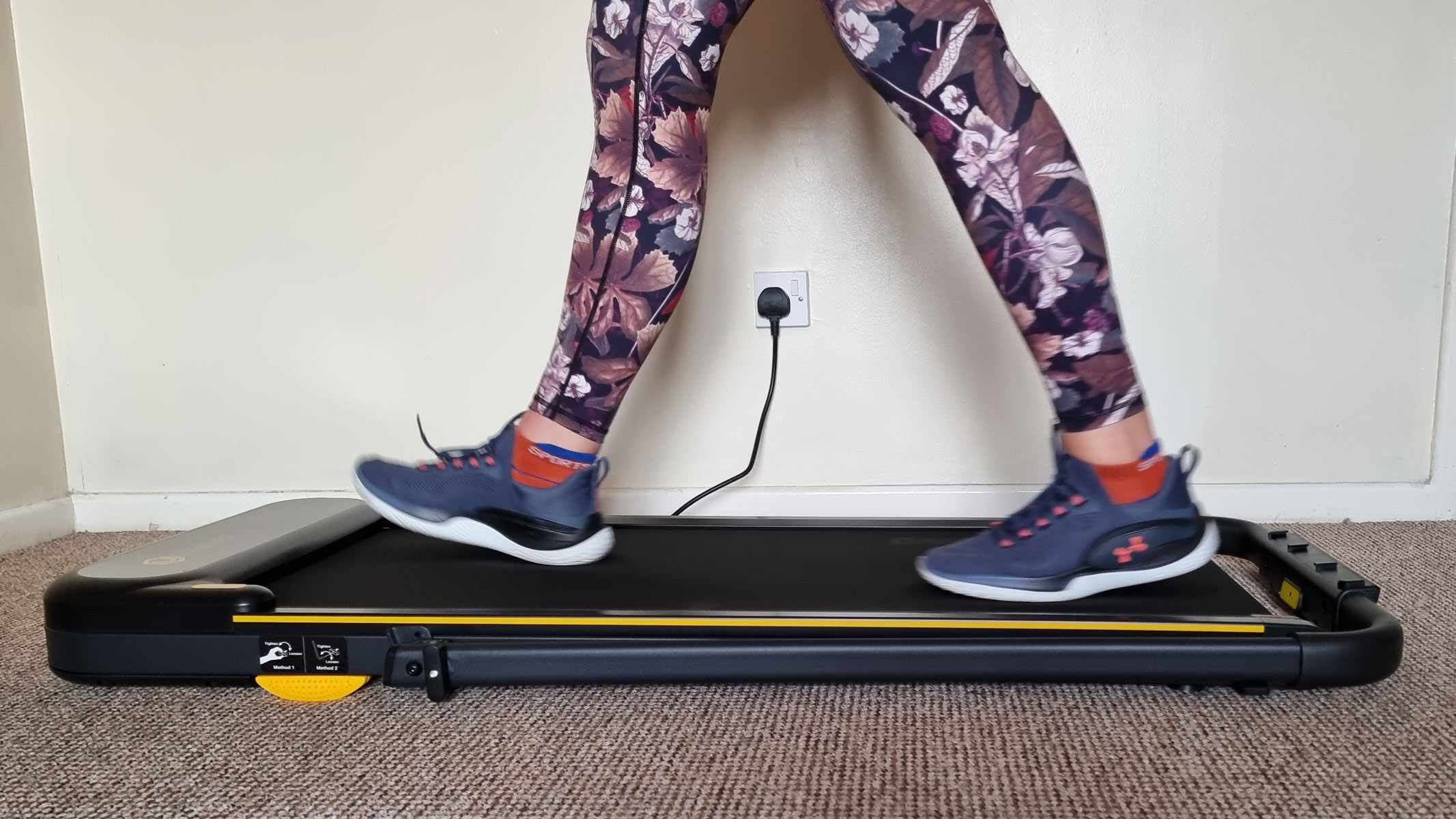
How many steps a day should you aim for?
There is no single answer to this question. Generally, the higher your step count, the lower your chance of dying prematurely or developing cardiovascular problems, according to a 2021 meta-analysis published in the journal Sports Medicine. However, beginners should not bite off more than they can chew.
“The much-referenced target of 10,000 steps per day can seem daunting to beginners, so it may be best to cut this down to 5,000-7,000 steps a day to begin with. This tends to be manageable for most people and is a great starting point to build upon,” Alexa Duckworth-Briggs, a running coach at We Run, told Live Science.
That said, these steps do not have to be done all at once. “You can split your steps up into multiple shorter walks over the course of the day. If you walk on a treadmill, gradually increase the speed of the belt until you find a comfortable walking pace, and aim to hold that for your desired time or number of steps,” Duckworth-Briggs said.
How do I start running as a beginner?
As we discussed, running may not be the most suitable activity for beginners due to its high-impact nature. However, that does not mean that it should be avoided altogether. “Running is a fantastic way for beginners to develop their fitness when approached sensibly. I’ve seen countless runners on a journey from being a complete beginner to running marathons and ultra marathons,” Duckworth-Briggs said.
The key is to start gradually, use the run-walk method (a training strategy that involves alternating between bouts of running and walking), and slowly increase the duration of your runs. “Beginners should focus on consistency over intensity. In that sense, low-to-moderate intensity sessions are better than less frequent but more intense sessions. Focus on building up a consistent habit and allow your body to get used to running,” Duckworth-Briggs said.
Investing in one of the best treadmills can be particularly useful for developing a good running habit. “Being indoors means you are not at the mercy of the weather, which can be a big barrier for many people. You can also combine your treadmill walks with other activities like watching television, which can help the time pass more quickly and stave off boredom,” Duckworth-Briggs said.
When choosing a treadmill, prioritize functionality over premium features. “Most beginners will do better with an easy-to-use model. In terms of technical specifications, I’d usually recommend aiming for a minimum motor size of 1.5- 2.5 HP (horsepower), and ideally look for a cushioned deck, as this will reduce the impact of your landing, which makes for a more comfortable experience on your runs,” Duckworth-Briggs said.
Also, pick a treadmill with good safety features. “Always ensure there’s at least an emergency stop button, but ideally also a safety key (sometimes called an emergency stop clip), which you clip to your clothing so that if you fall, the treadmill stops automatically. Handrails can be a useful addition for safety, too, as well as paying attention to the general construction of the treadmill to ensure it feels sturdy and well-built,” Duckworth-Briggs said.
Tips for choosing the right exercise equipment for beginners
If you are new to exercise, the most important things to look for in fitness equipment are comfort, safety and joint-friendly movement. Ideally, you want something with easily adjustable features — like seat height or resistance levels, for example — so it works with your body and fitness level, Dr. Jason Krystofiak, section chief of sports medicine at Cooperman Barnabas Medical Center in Livingston, New Jersey, told Live Science.
“Look for equipment that feels comfortable and does not put pressure on your knees, hips, or back, such as stationary bikes, ellipticals and rowing machines,” Krystofiak said.
However, even these low-impact cardio machines may not suit all beginners, especially those with limited mobility, poor posture or back pain. If you do not feel confident enough using an elliptical or rowing machine, consider a recumbent bike instead, Krystofiak said.
“It offers a stable, supported position with a backrest that encourages better posture and reduces strain on the spine, hips and knees. The seated, reclined position makes it much easier to get on and off the machine and allows you to exercise comfortably and safely. If you’re starting out with mobility or posture concerns, the recumbent bike gives you the safest and most accessible path to building strength and cardiovascular fitness,” Krystofiak explained.
Ease of use is another important factor to consider when choosing exercise equipment, Morgan added. “If you spend too much time wrestling with complicated instructions or controls, frustration might ruin your motivation. When you opt for a machine with intuitive buttons, clear display metrics and adjustable features, it will simplify your journey from day one,” Morgan said.
Next, it is important to check the dimensions of your exercise machine. “If you have limited room, a foldable or compact design may be vital. Conversely, if you have more space to spare, you may prioritise additional features or a sturdier build,” Morgan said.
Lastly, consider investing in premium features, such as built-in touchscreens, virtual classes and compatible fitness apps. “On-demand classes can replicate the buzz of a group workout at home. At the same time, performance metrics such as heart rate and the traveled distance help you track progress. Some people find these interactive elements indispensable to stay engaged over the long term.” Morgan said.
However, these motivational features should not guide your decision. “While fancy extras like built-in classes or motivational features can be nice, your top priority should be comfort, safety and how confident you feel using the machine,” Krystofiak concluded.
How we tested this exercise equipment
How we test the best exercise equipment for beginners
Our reviewers are experienced fitness instructors, personal trainers and exercise journalists with a long track record of helping beginners achieve their health and fitness goals. You can trust their verdicts — they have spent years trying and testing different exercise equipment, by themselves or with their clients, and have a unique insight into what works and what is not worth your time and money.
How we test: Our testing process differs slightly depending on the type and functionality of the exercise equipment in question, but the core principles remain the same across all products. We carefully look into the design, features, performance and value for money for each piece of kit that lands in our hands, trying to answer the following questions:
Design: How much space does it take up? How portable is it? Is it easy to use and assemble? Who is it designed for (for example, maximum user weight and height)? Is it durable? Does it look good? Can it be safely used by people with limited fitness ability?
Features: How many intensity settings does it have? Does it come with connected apps? If so, what kind of content can you access there, and how much does it cost? Does it come with any beginner-friendly features (for example, motivational badges, coaching videos, entry-level guided workouts), and exactly how useful are they?
Performance: How loud is it during workouts? How comfortable is it to train with? Does it perform well across all intensity settings? Can it help beginners kickstart their fitness journey?
Value for money: Is its price point justifiable?





